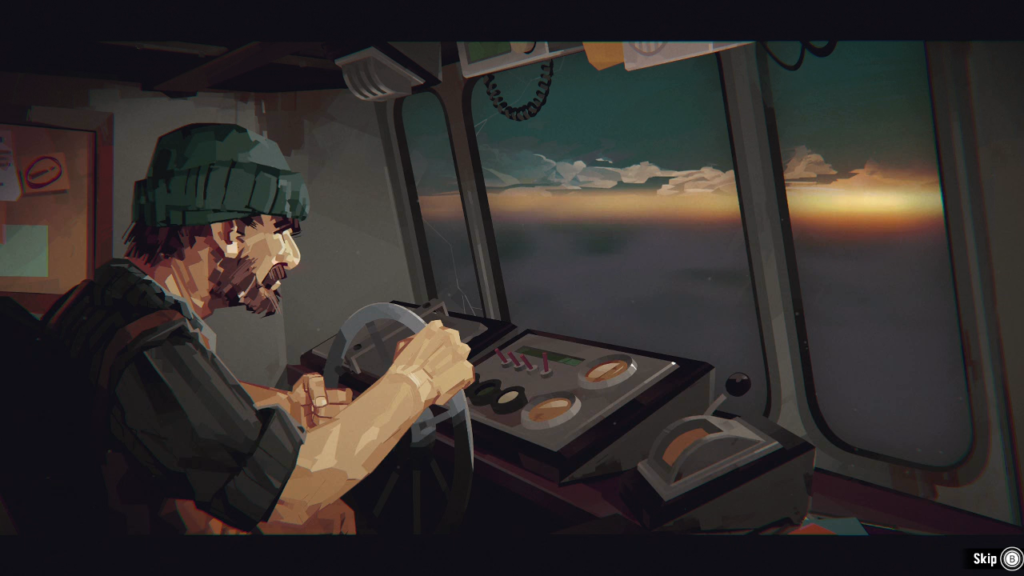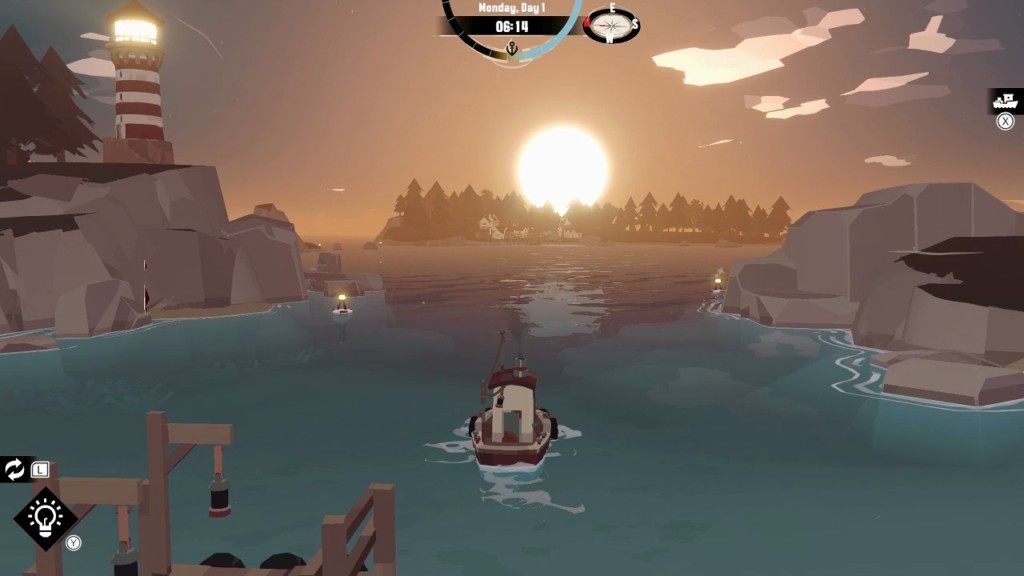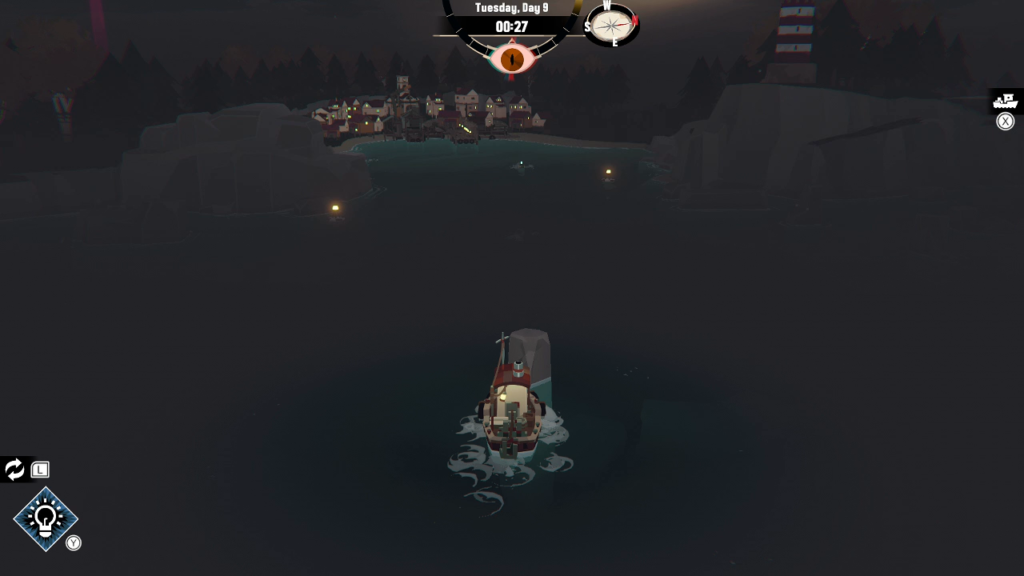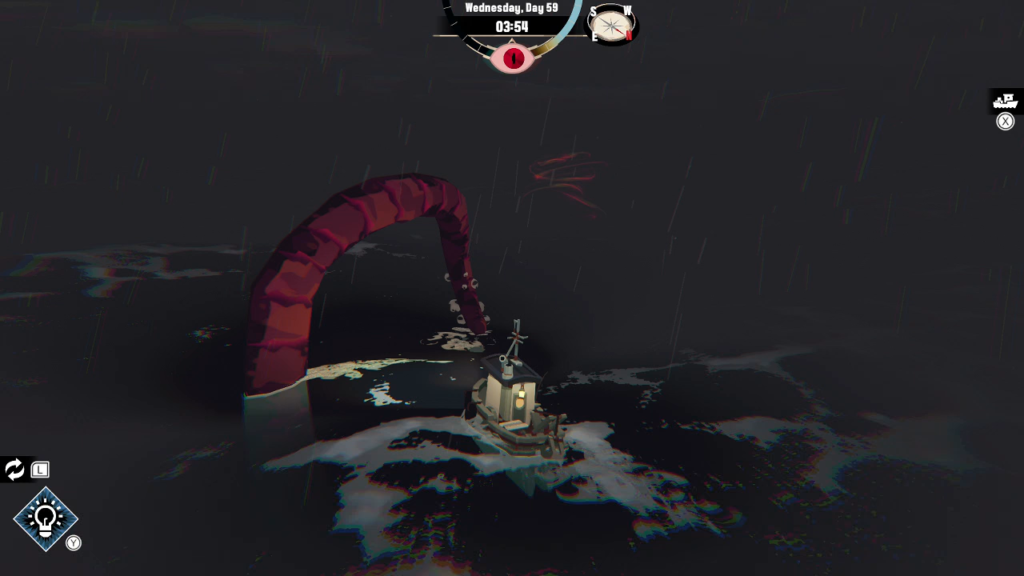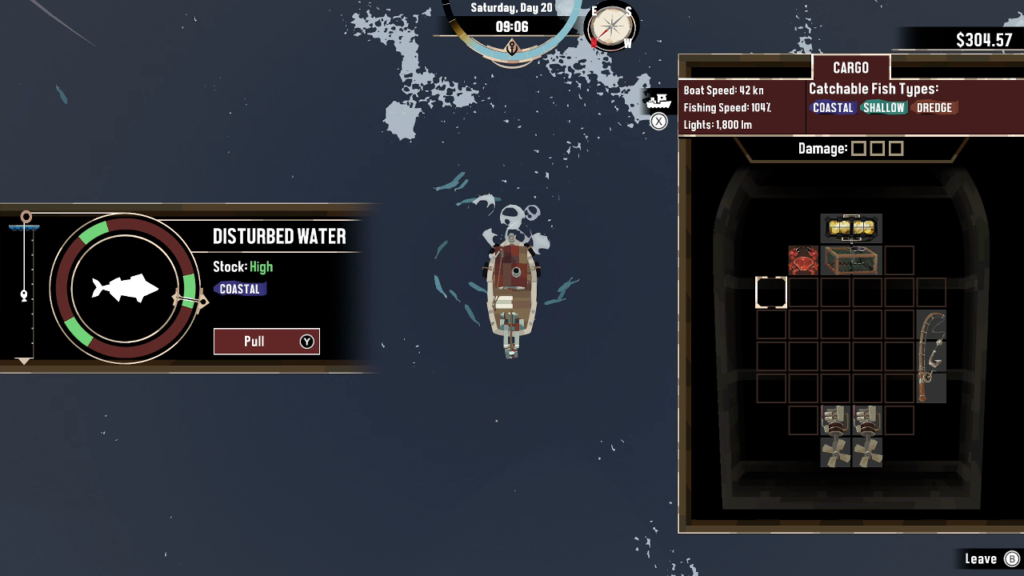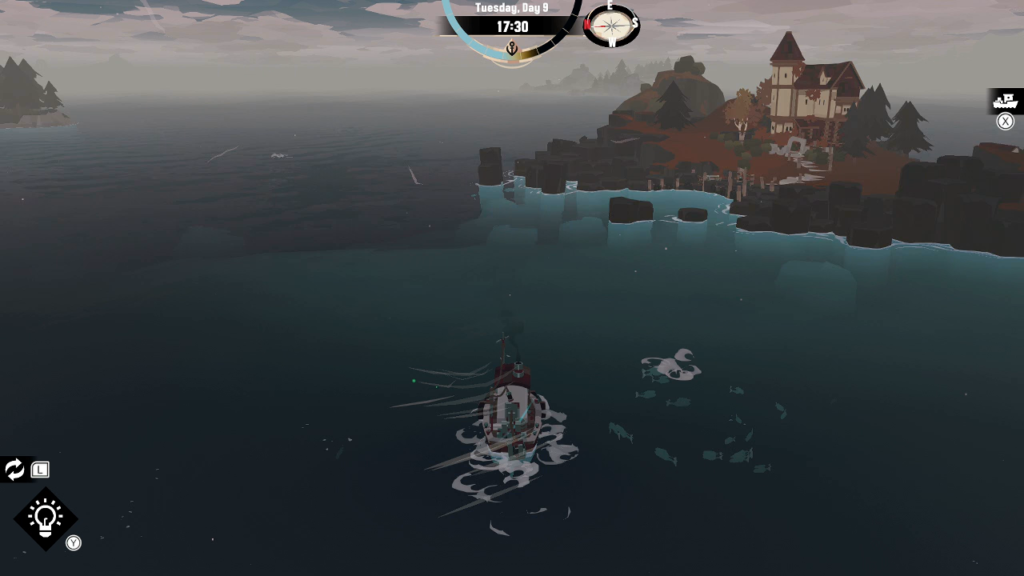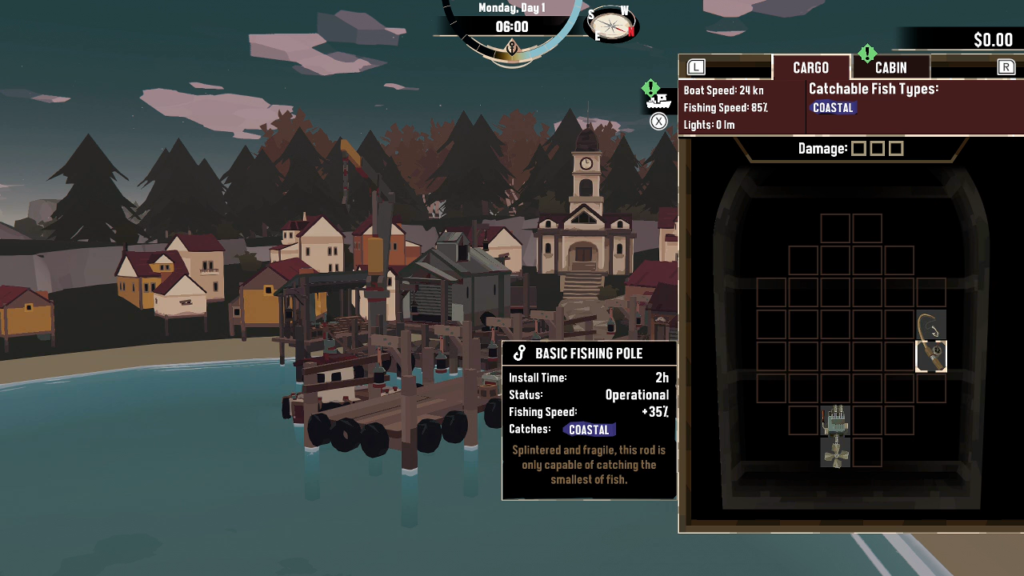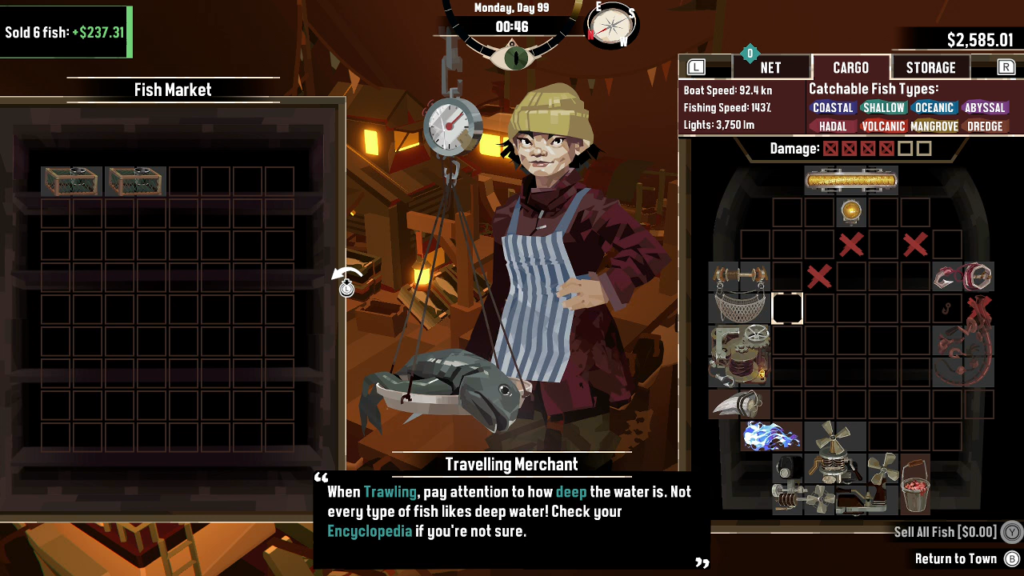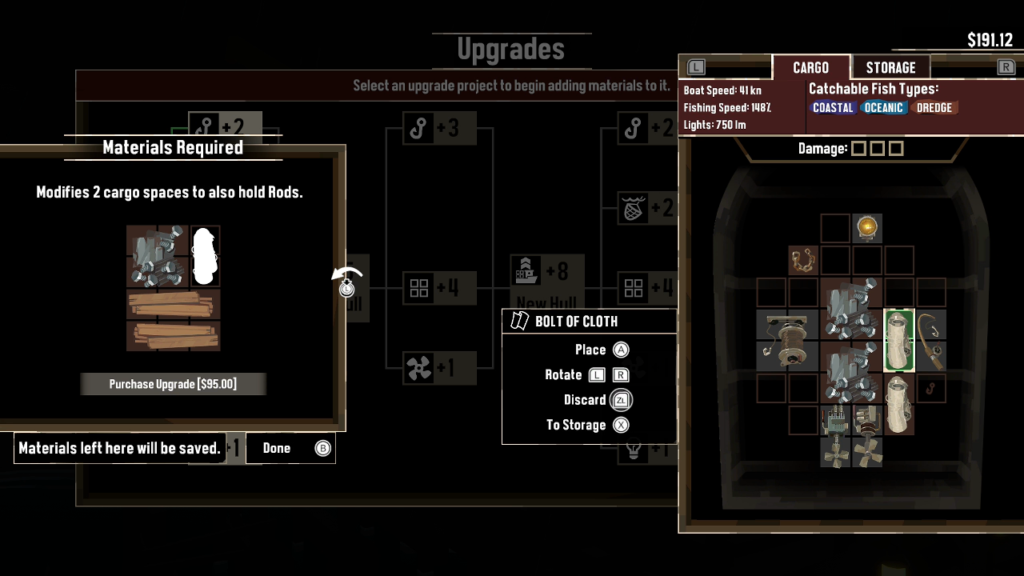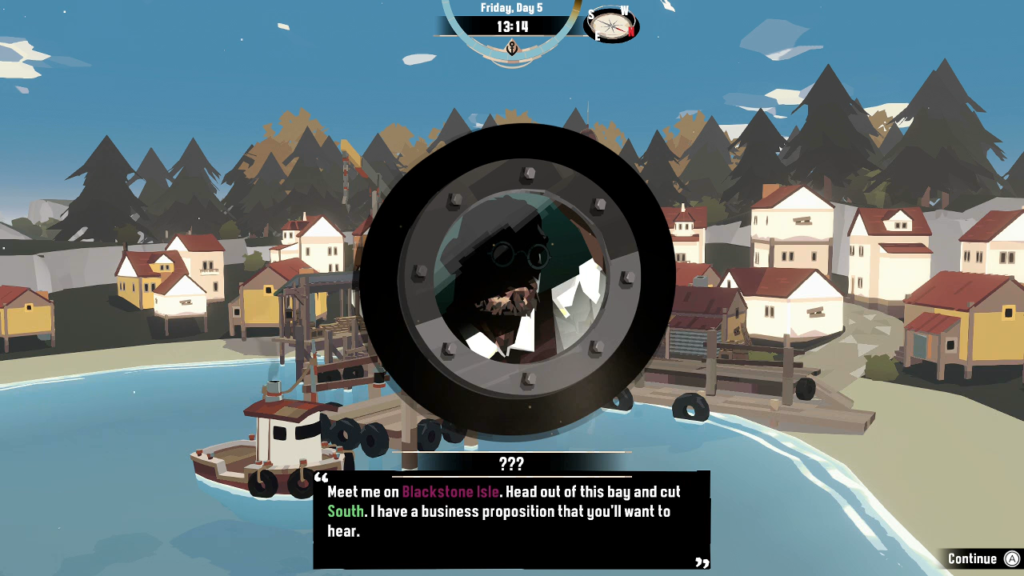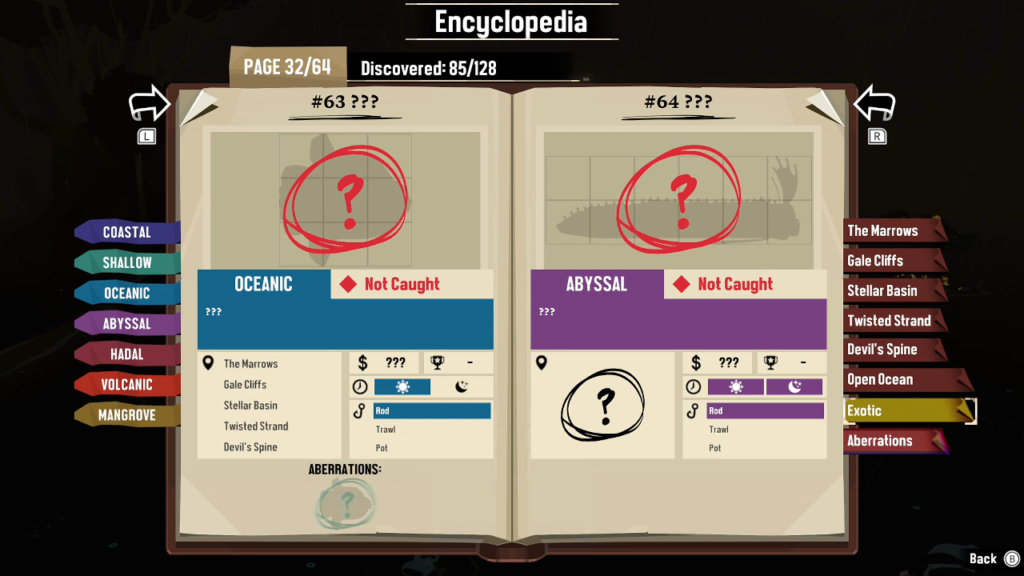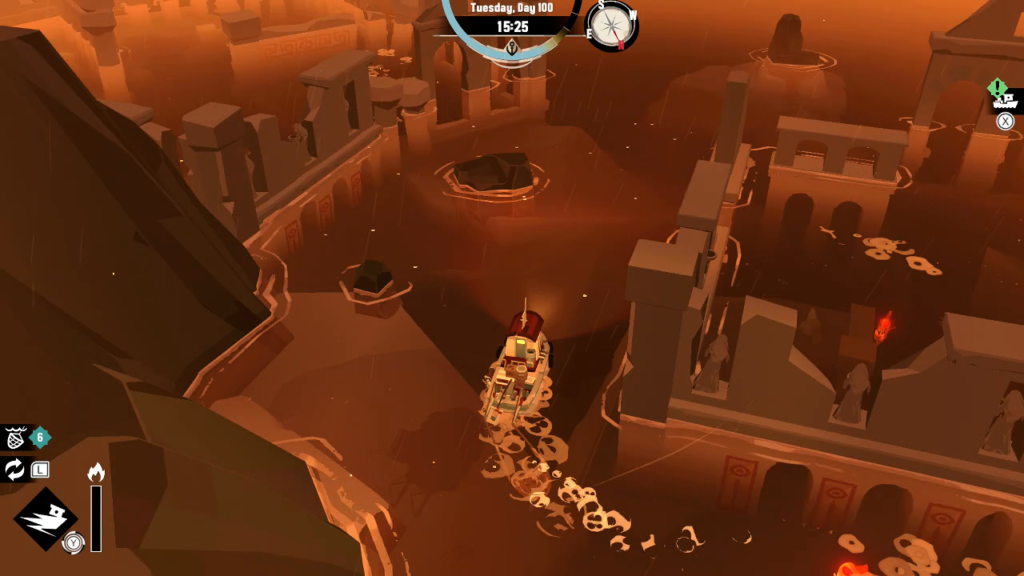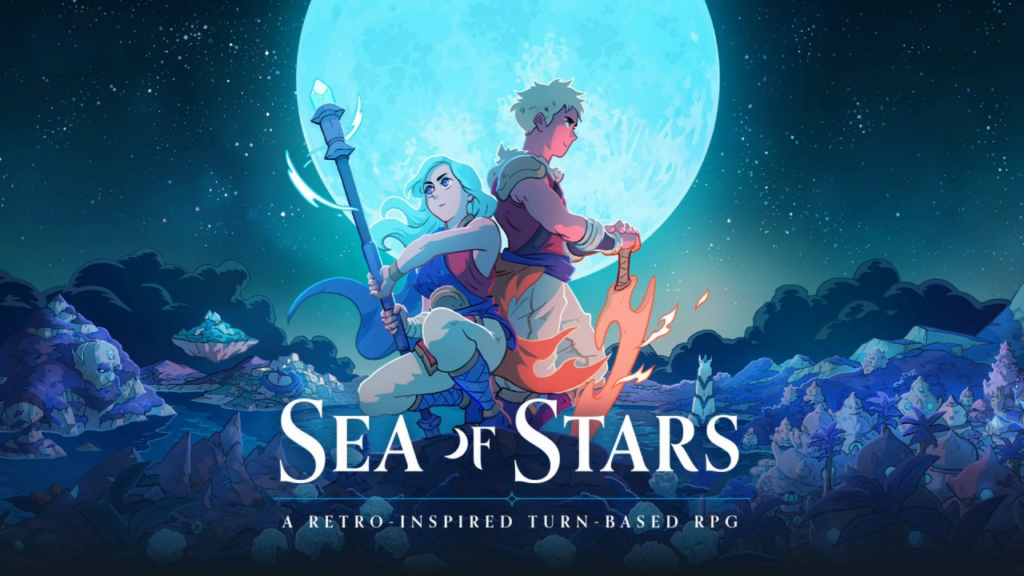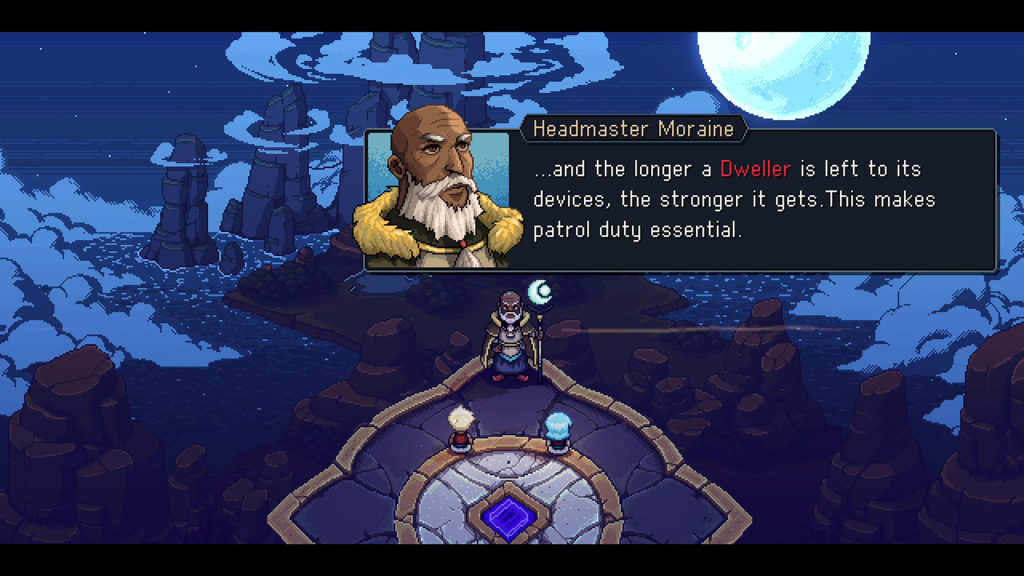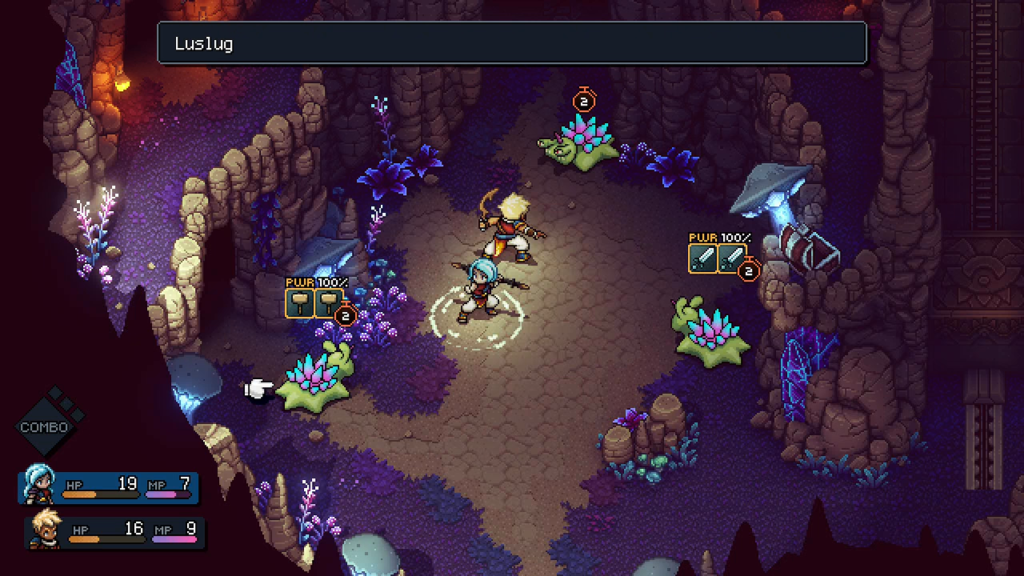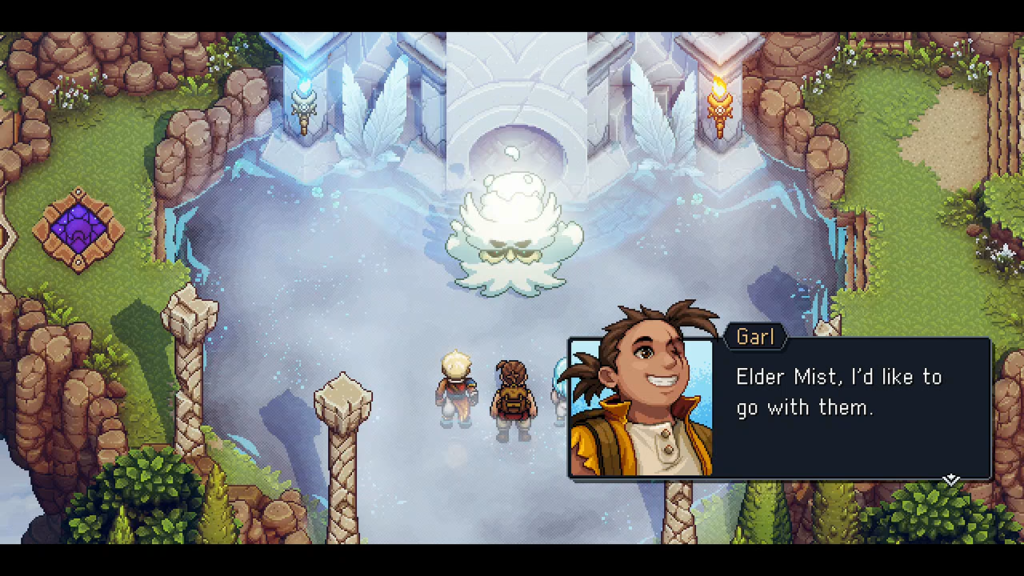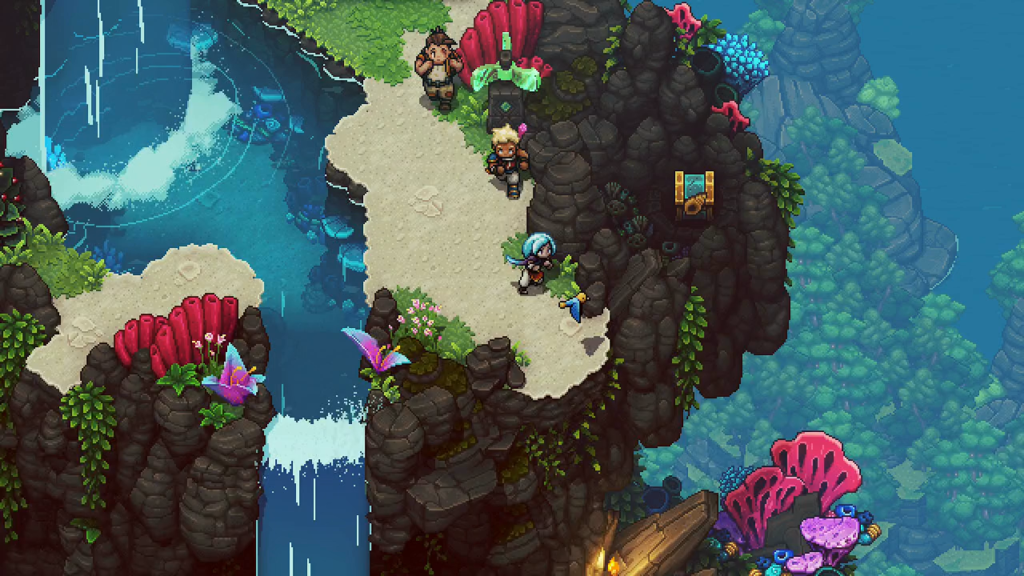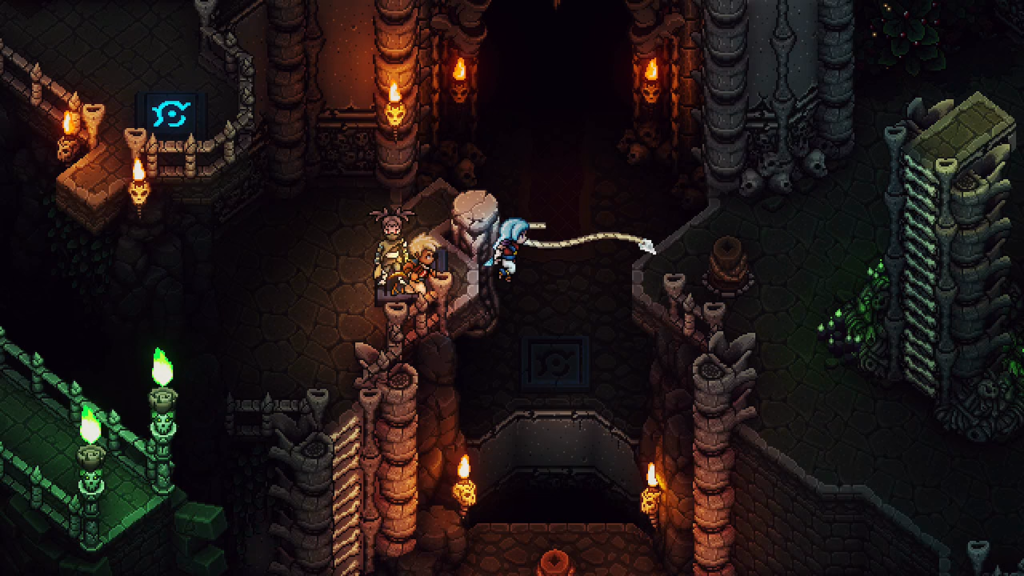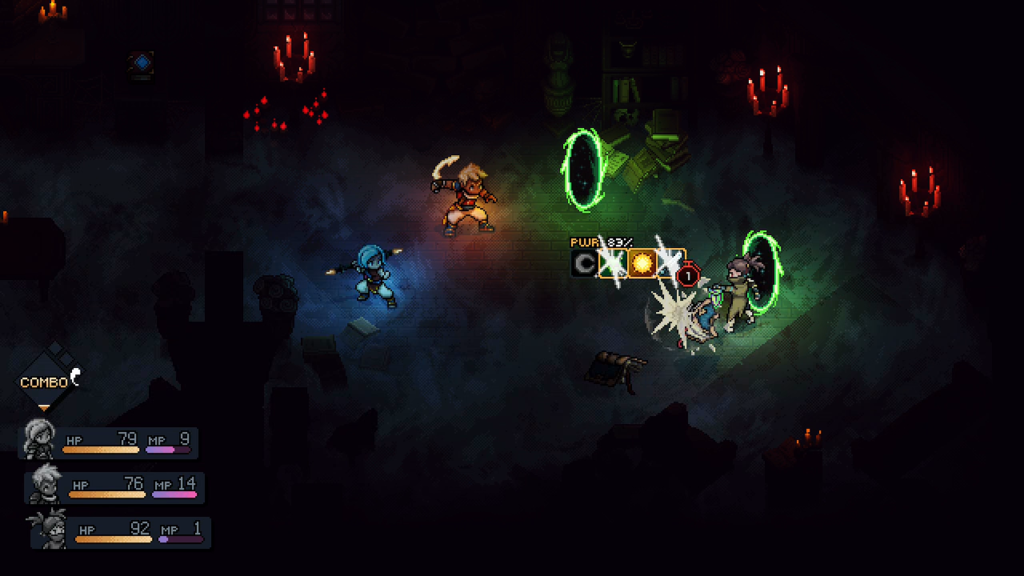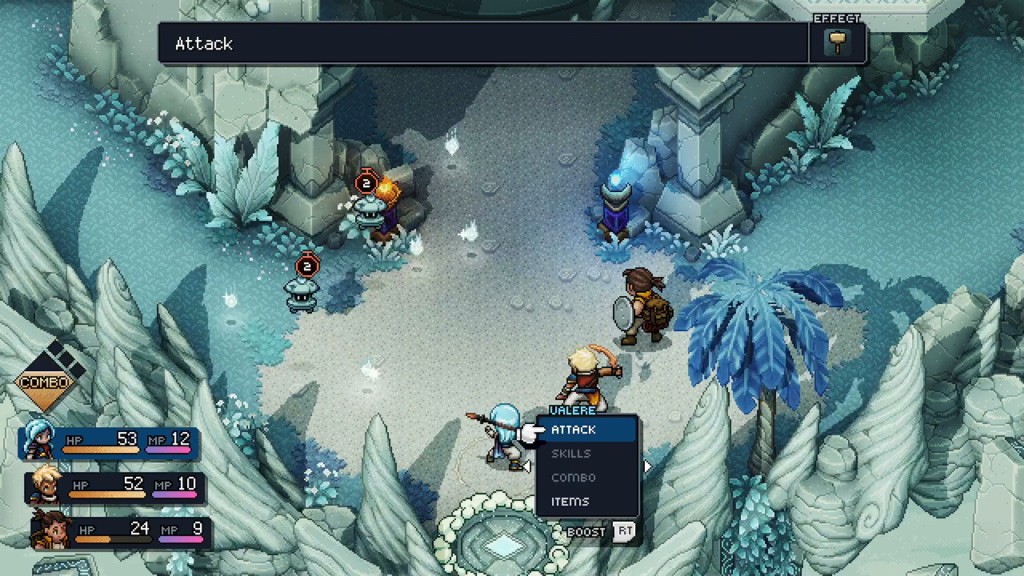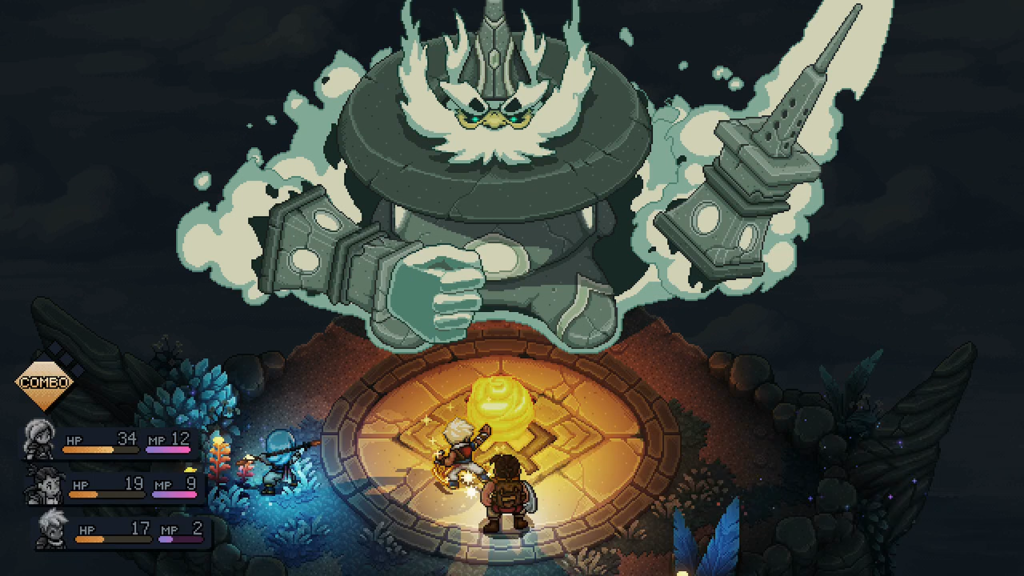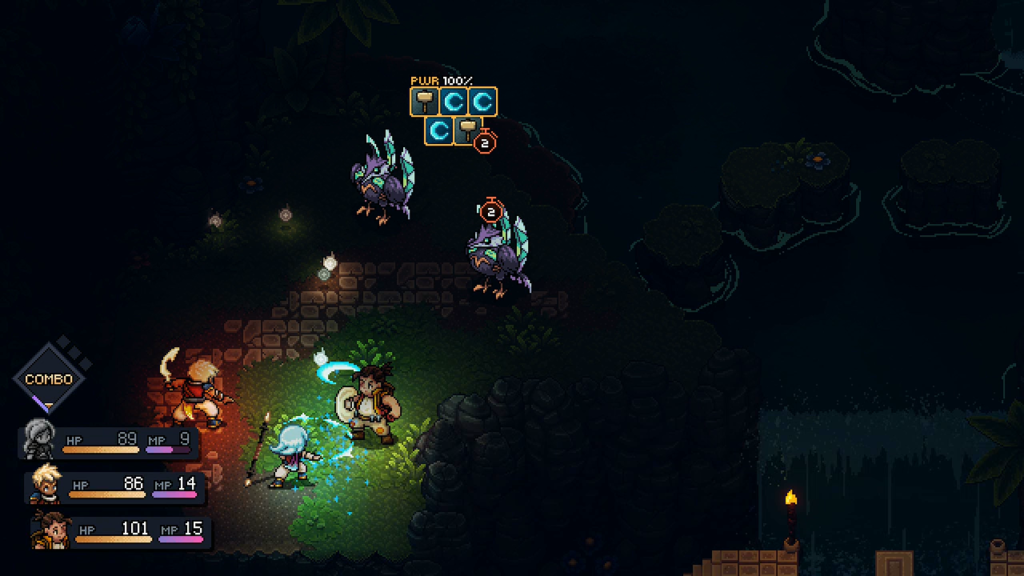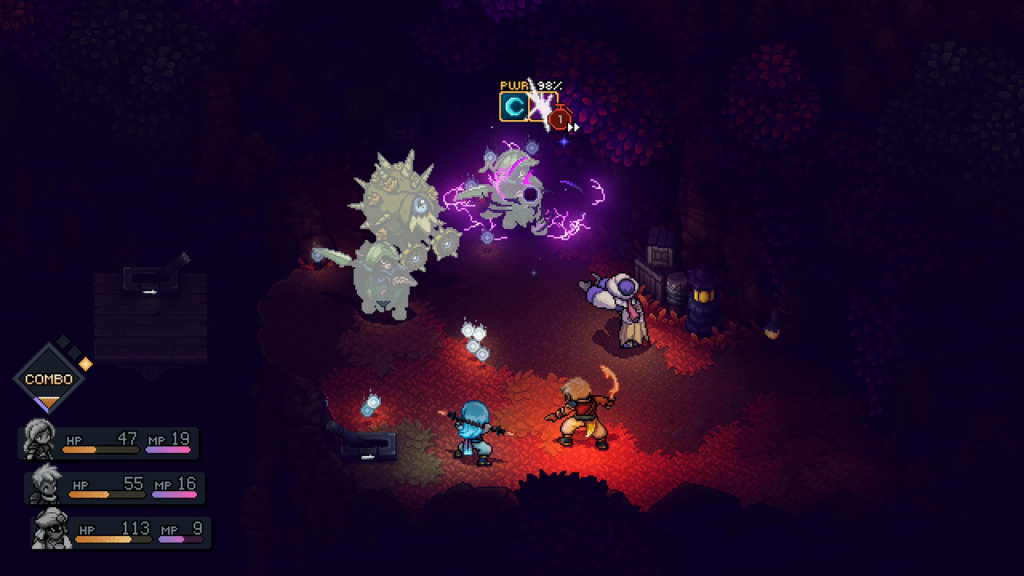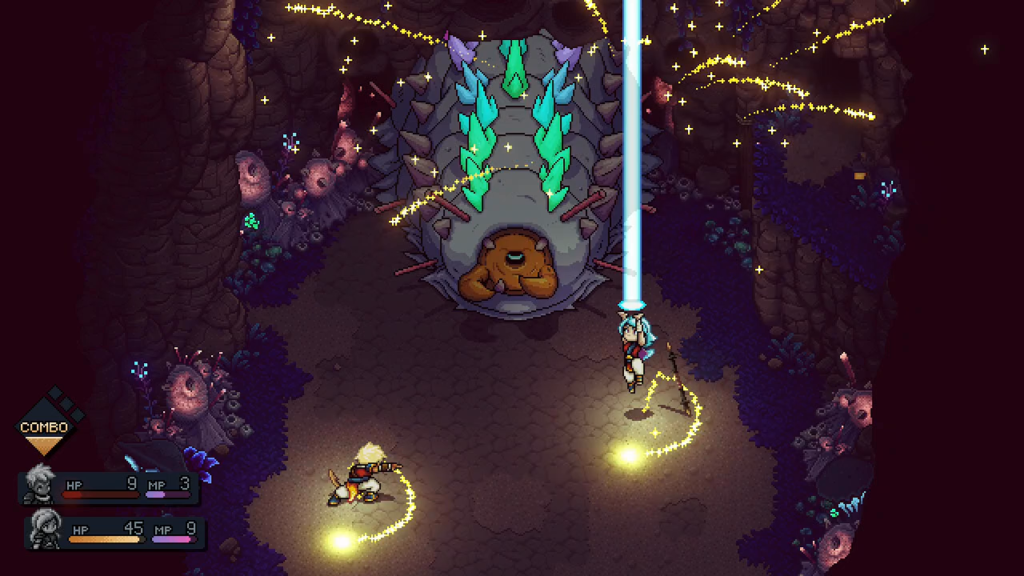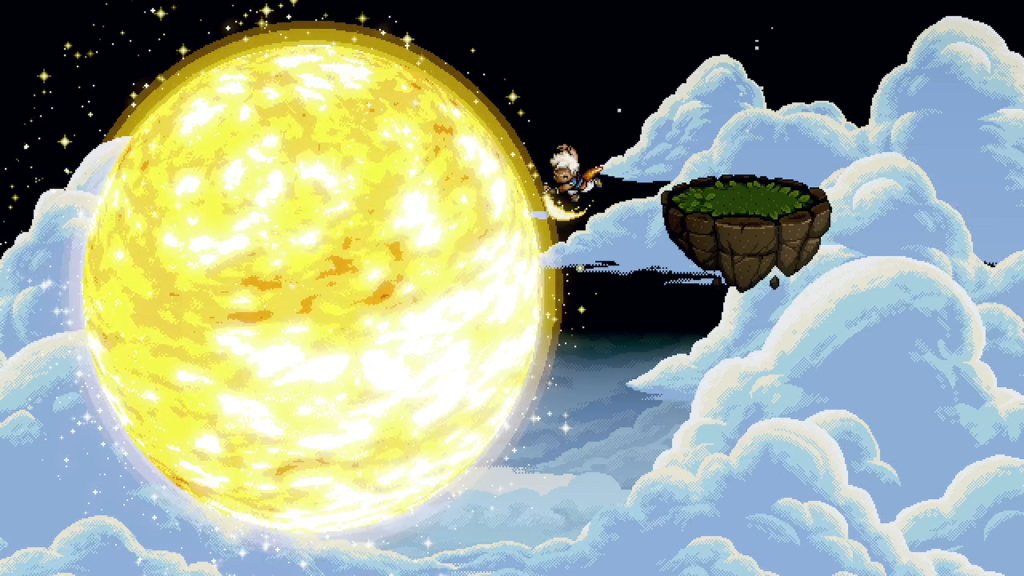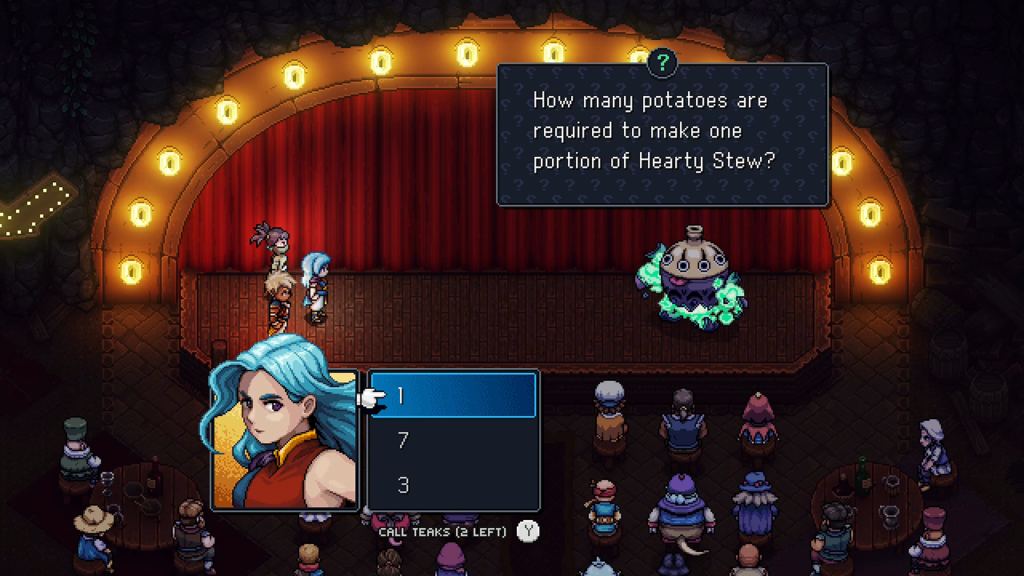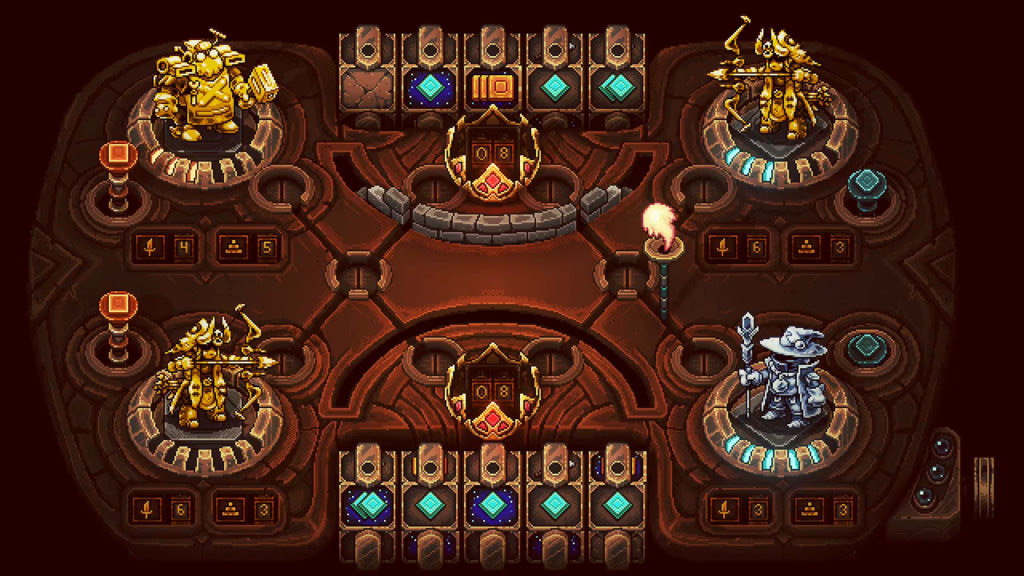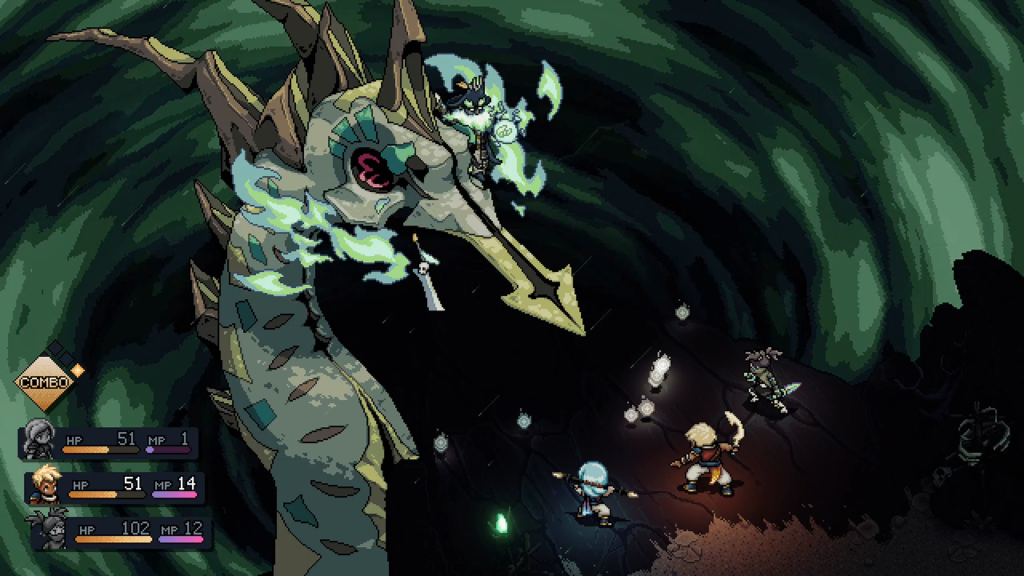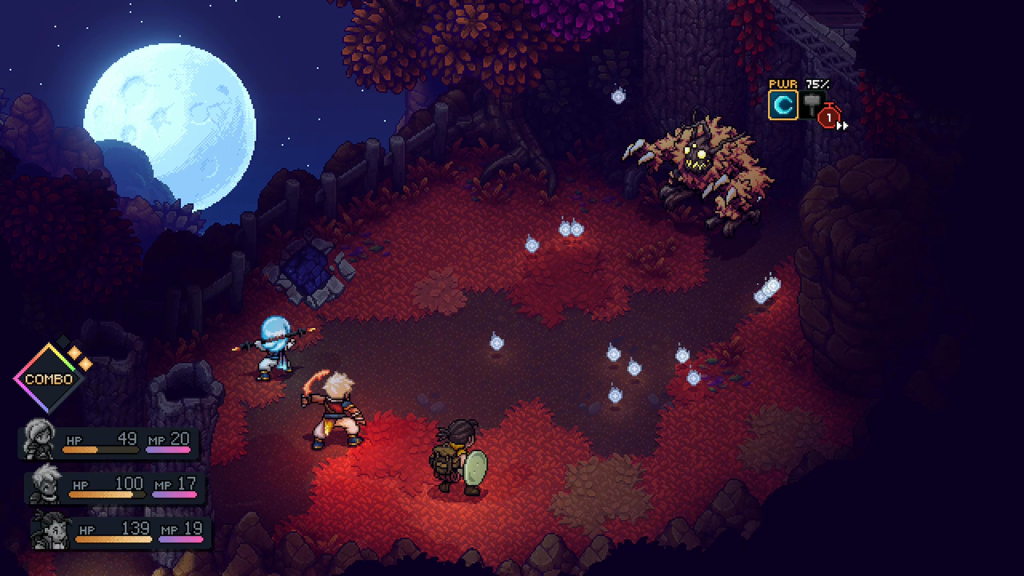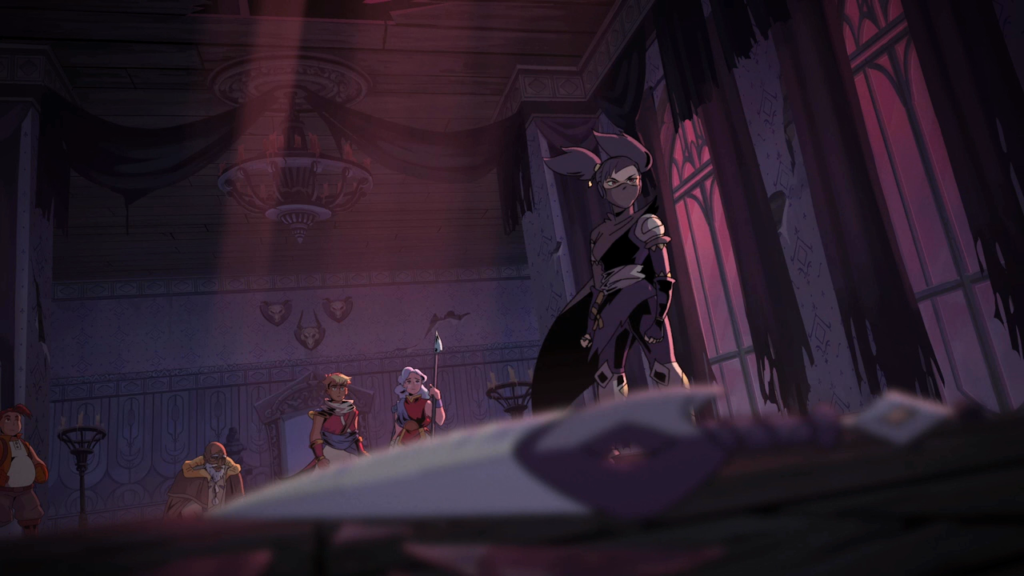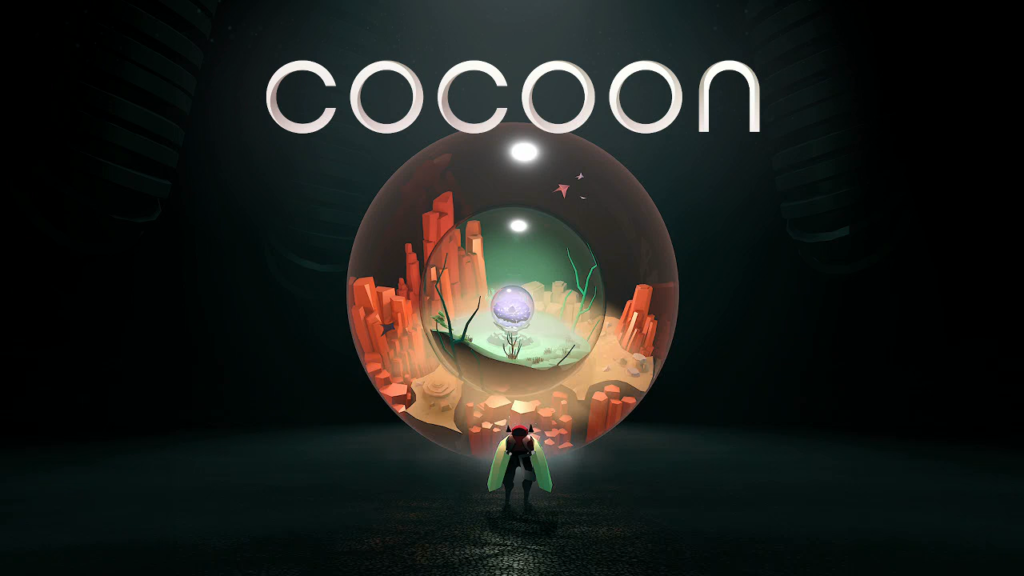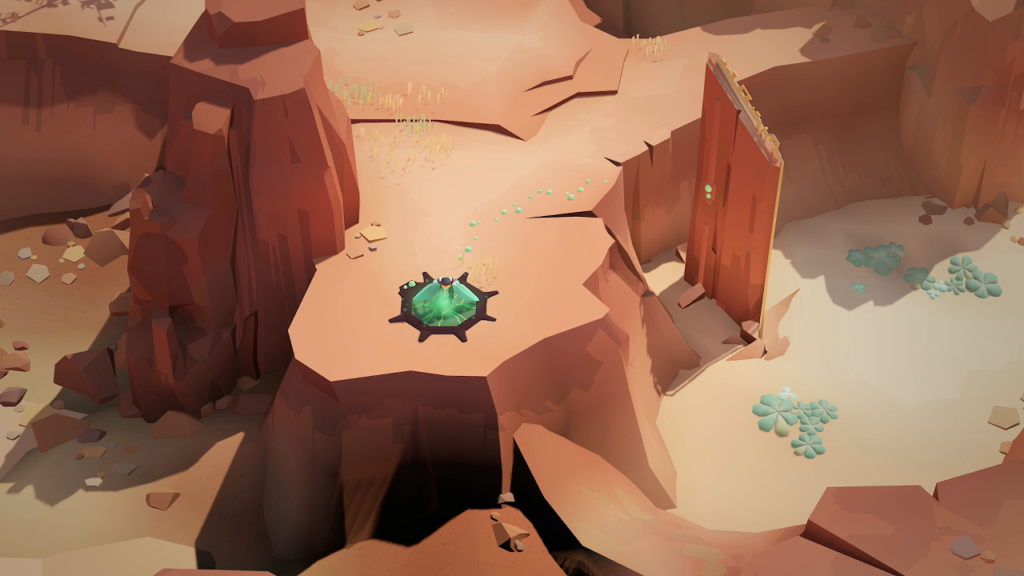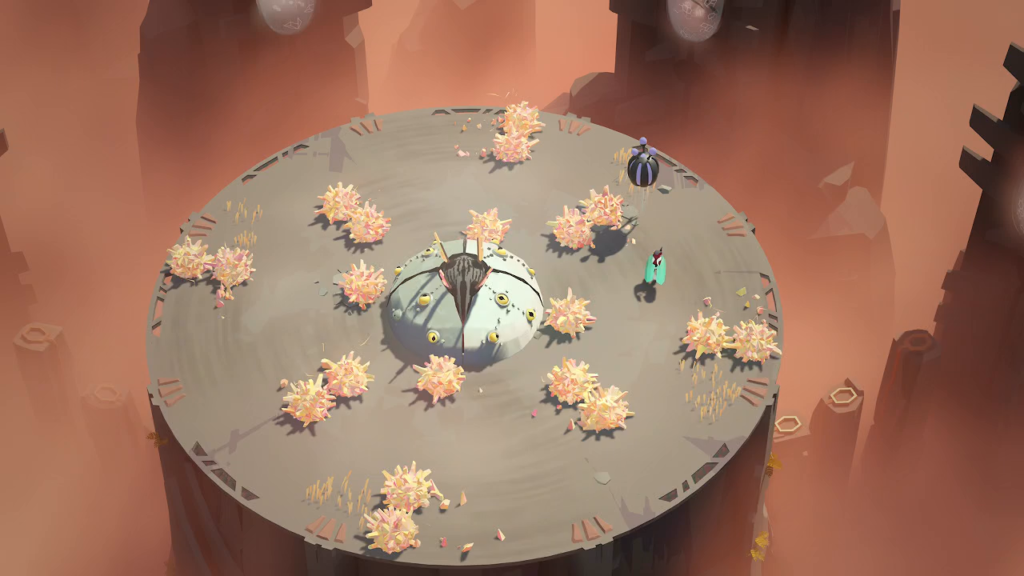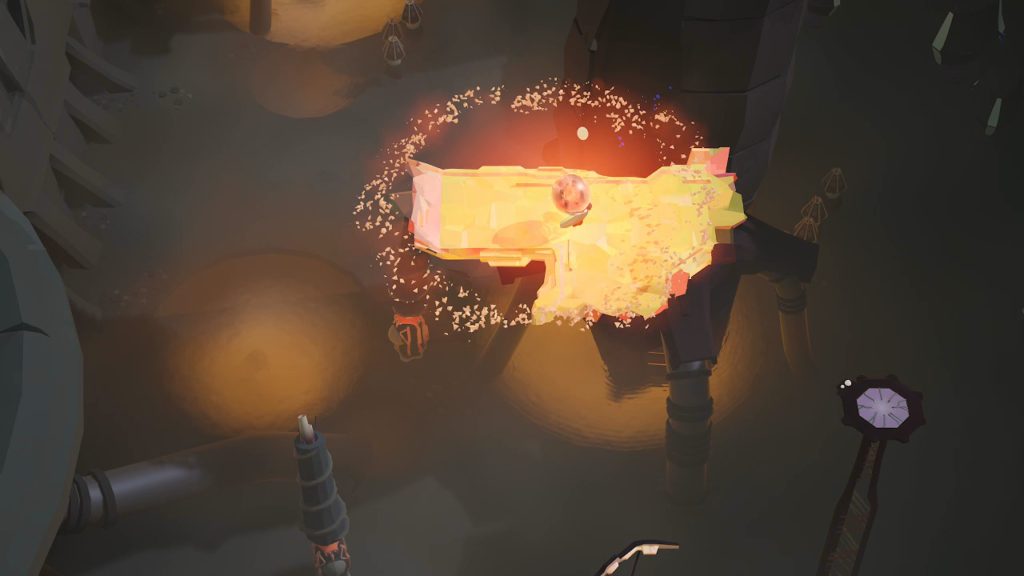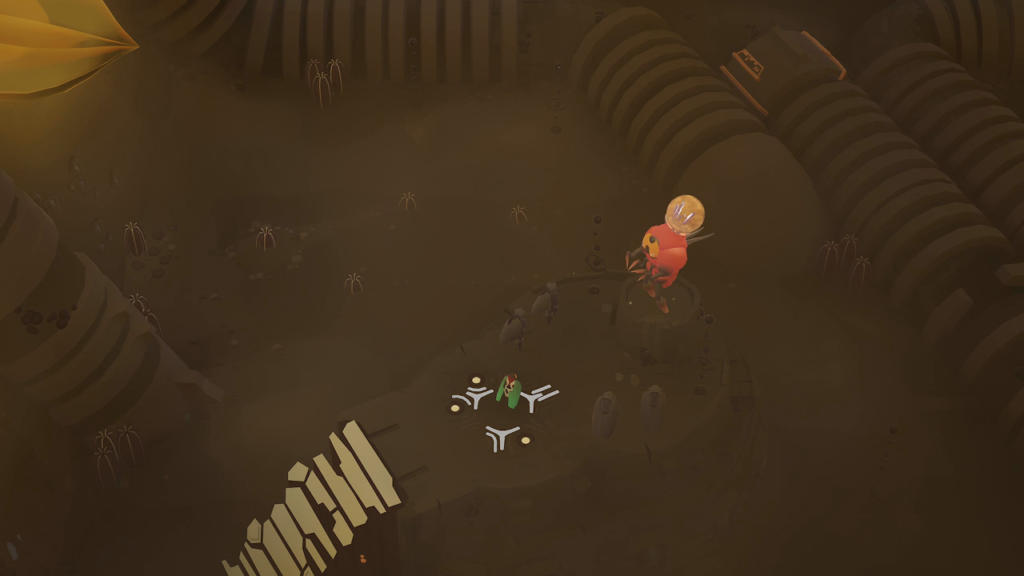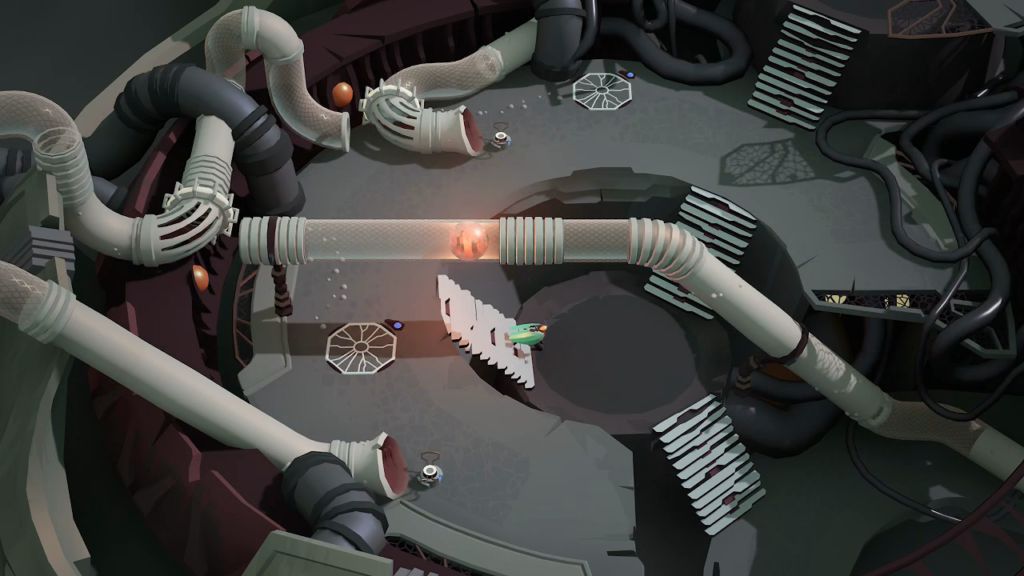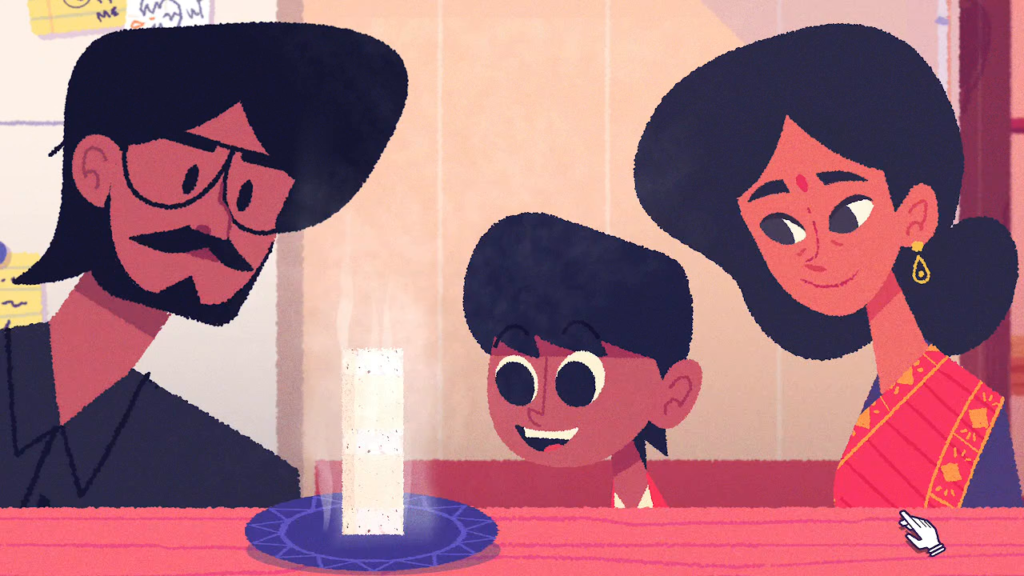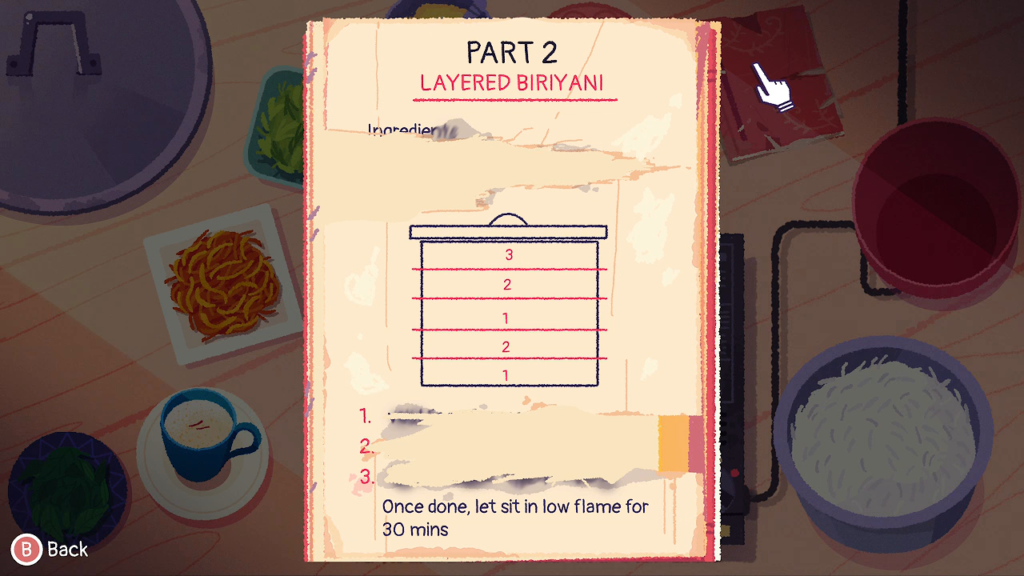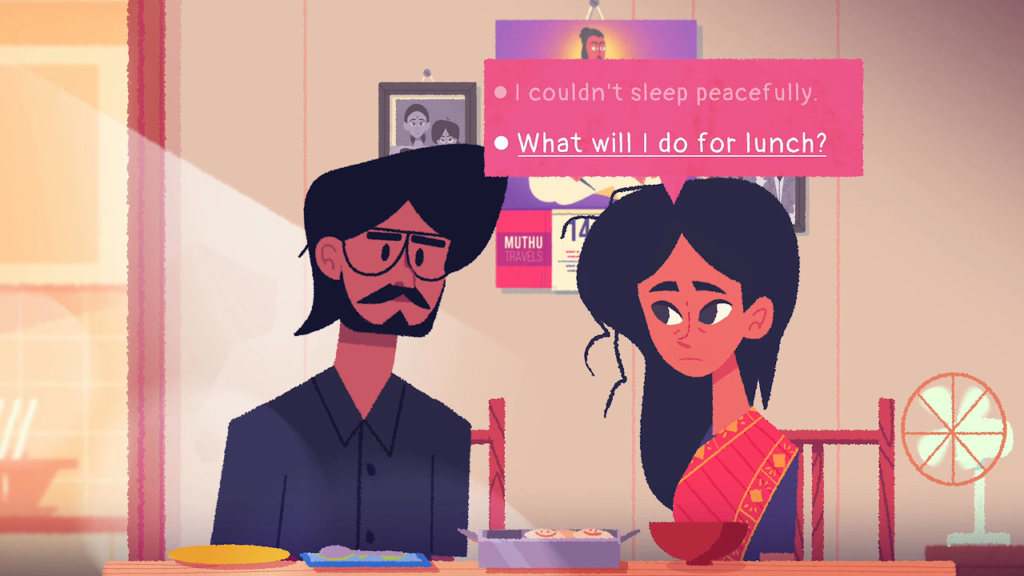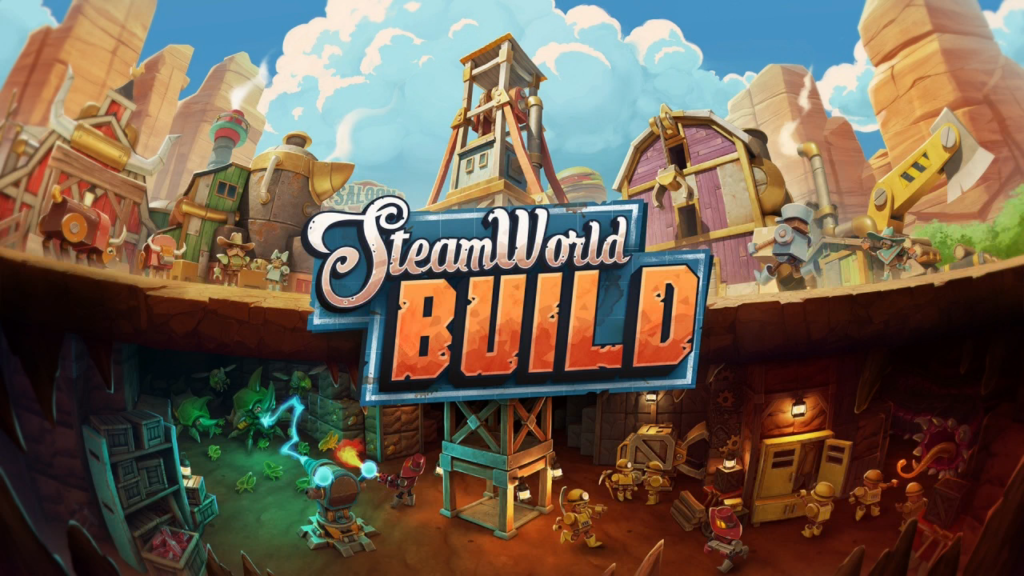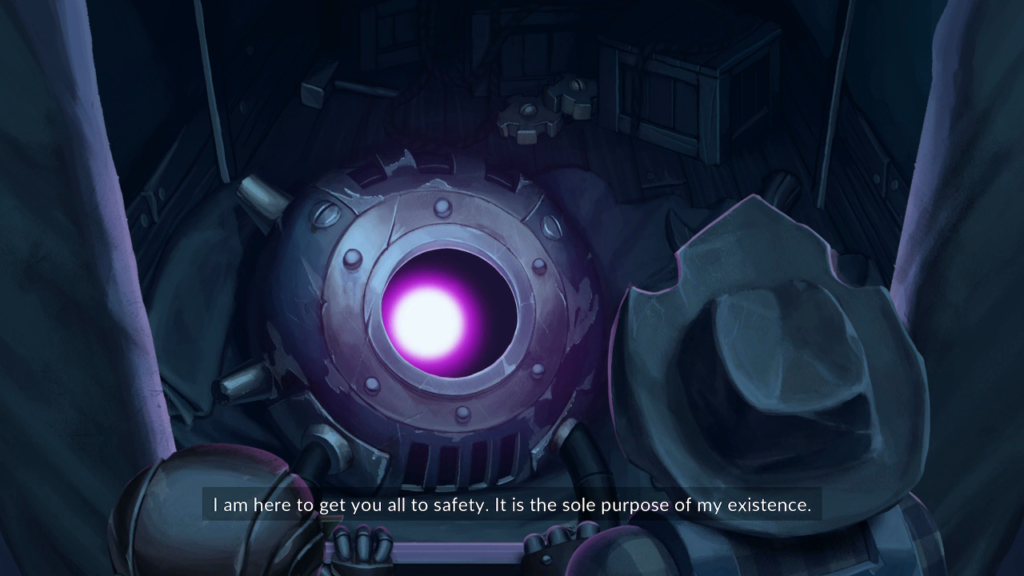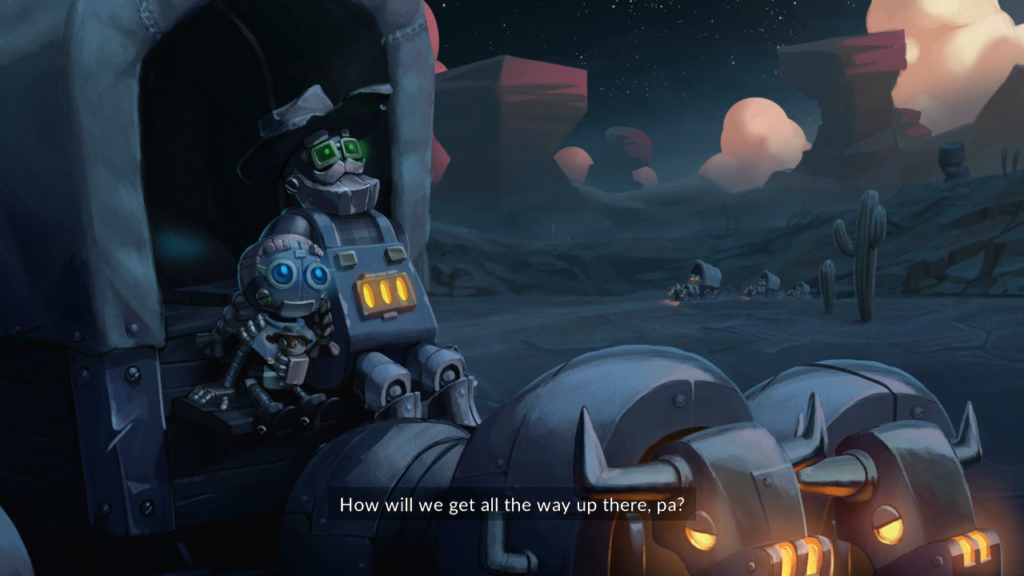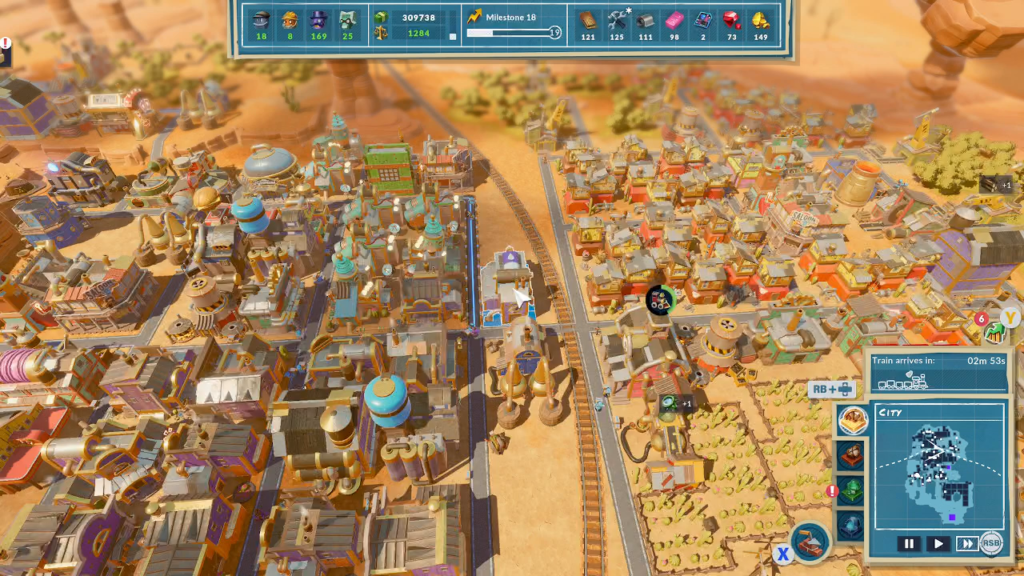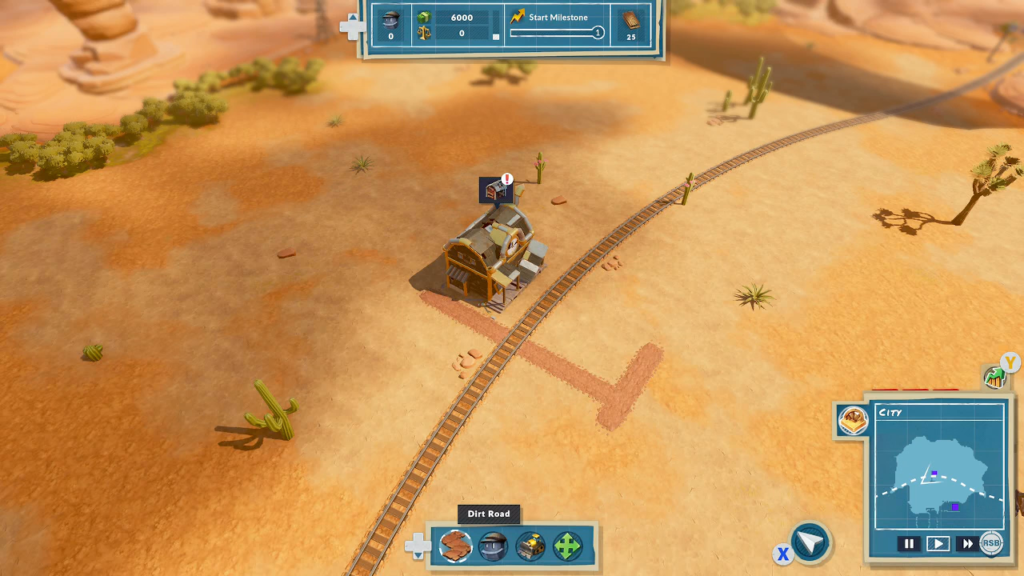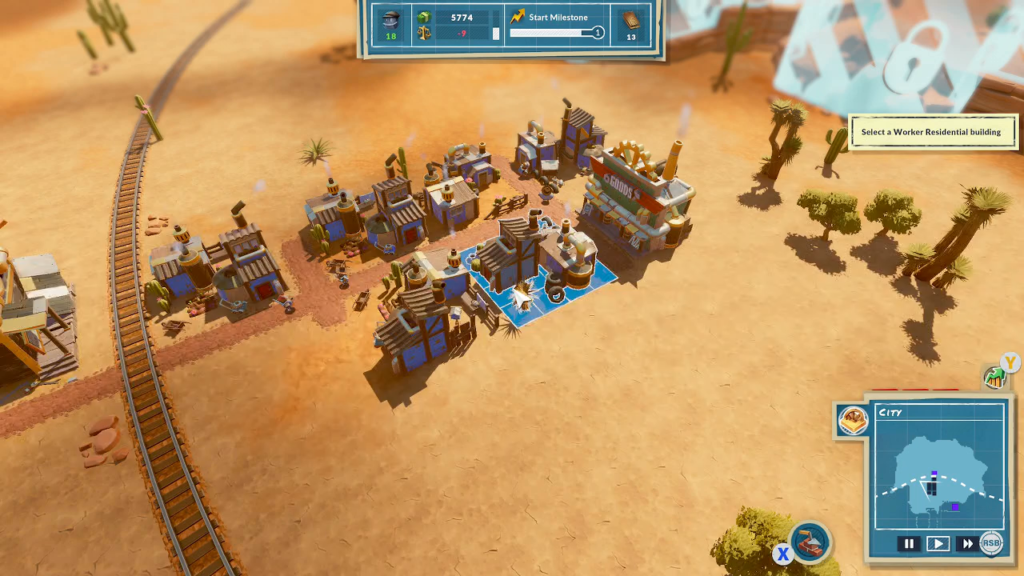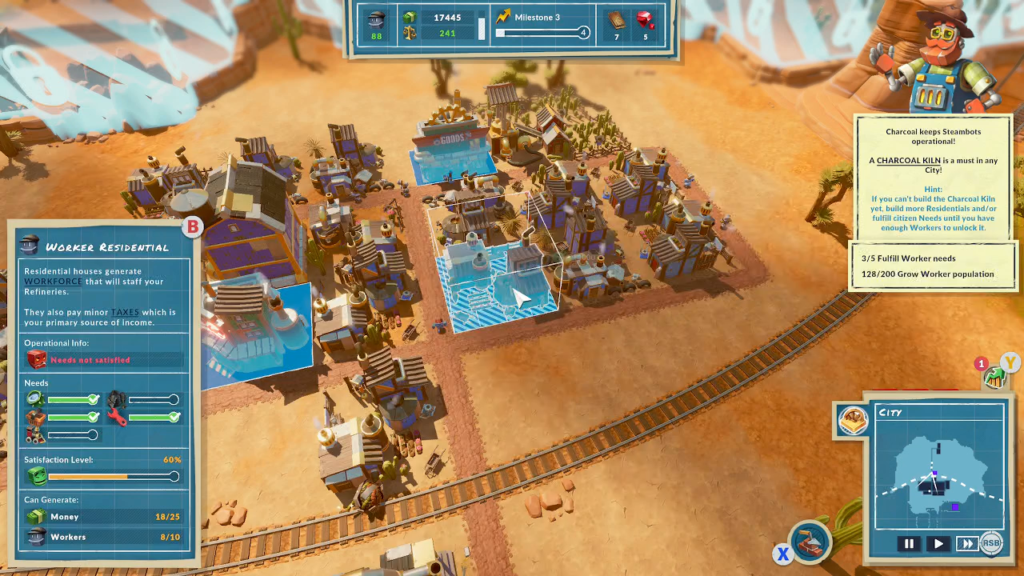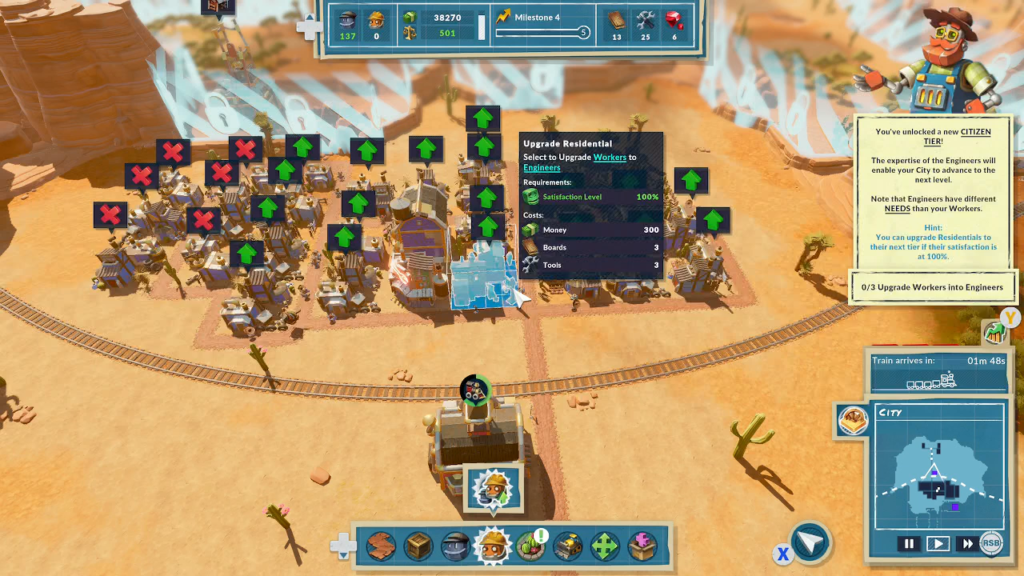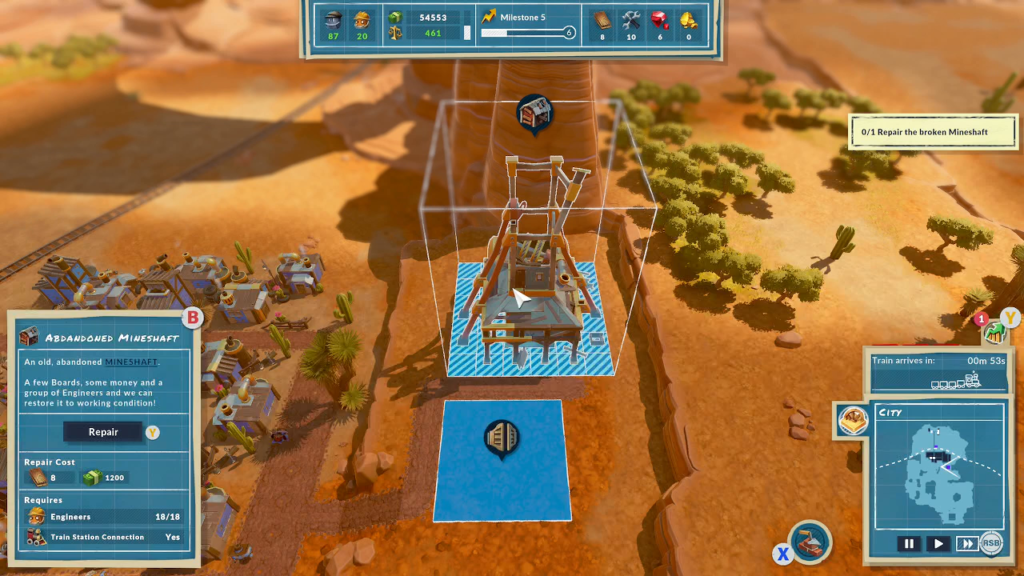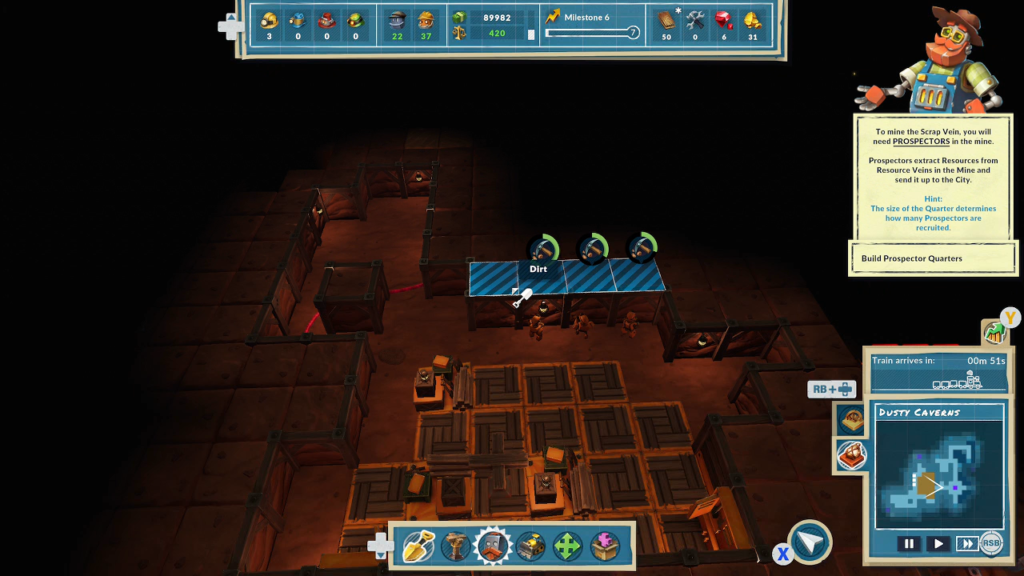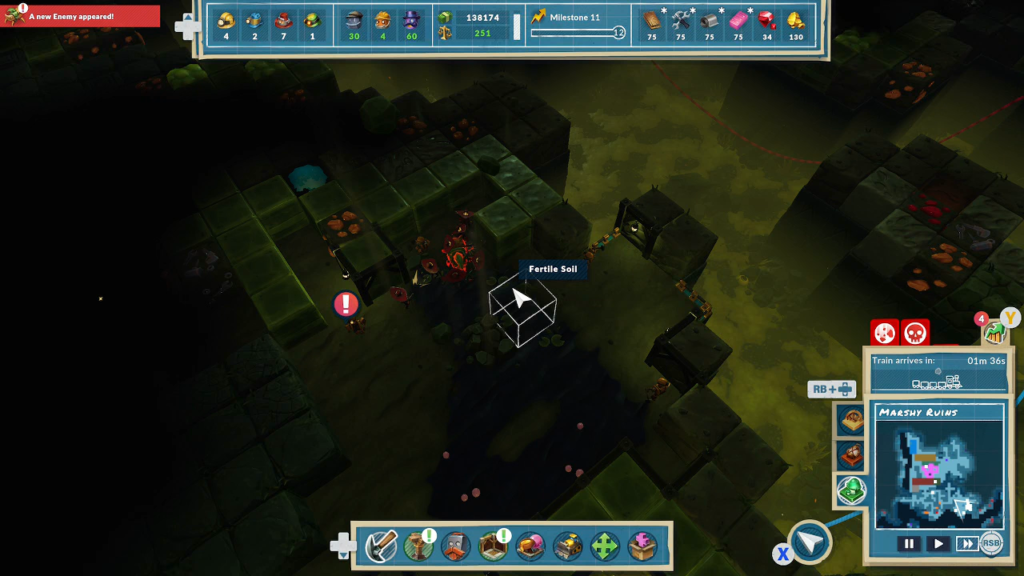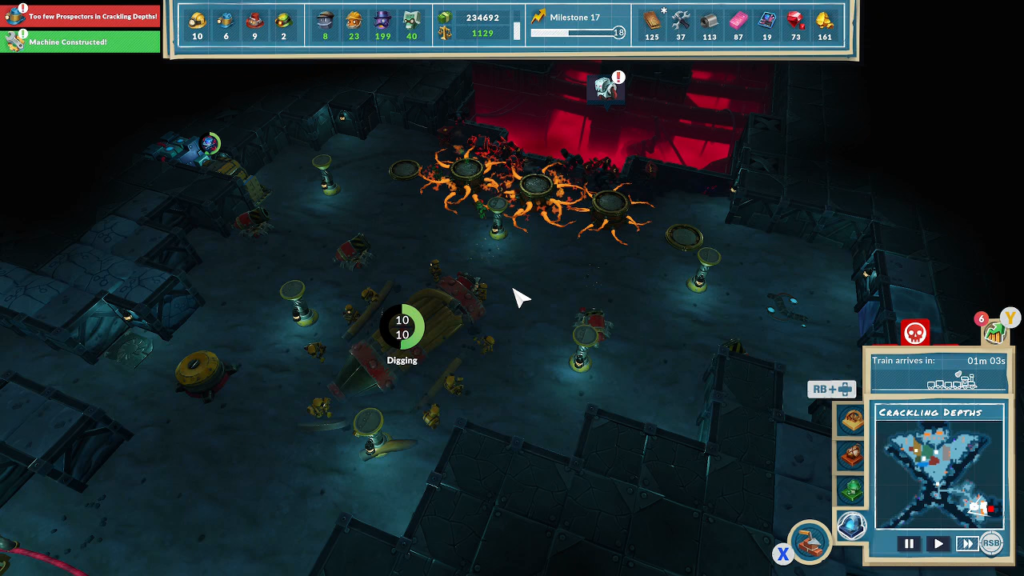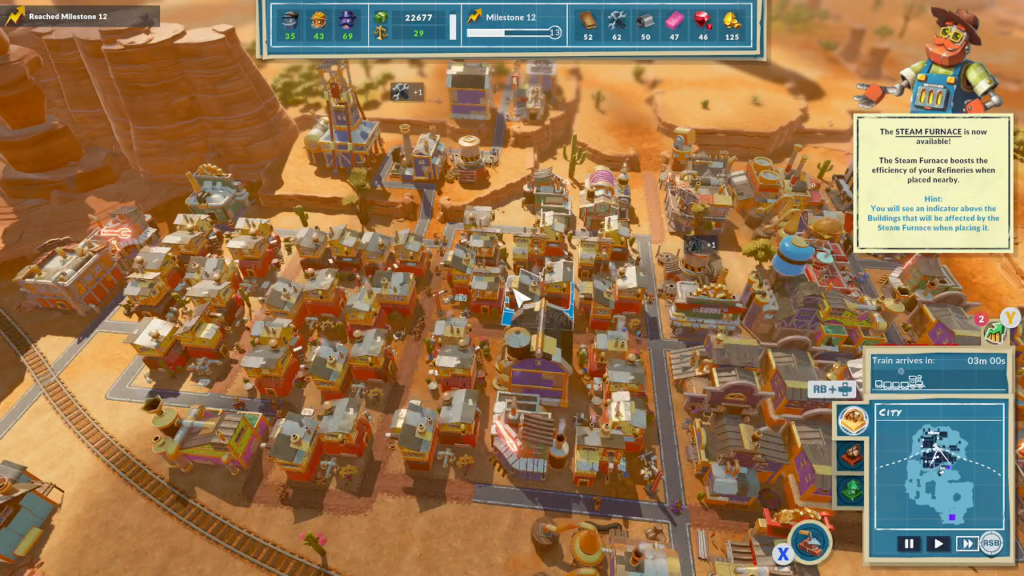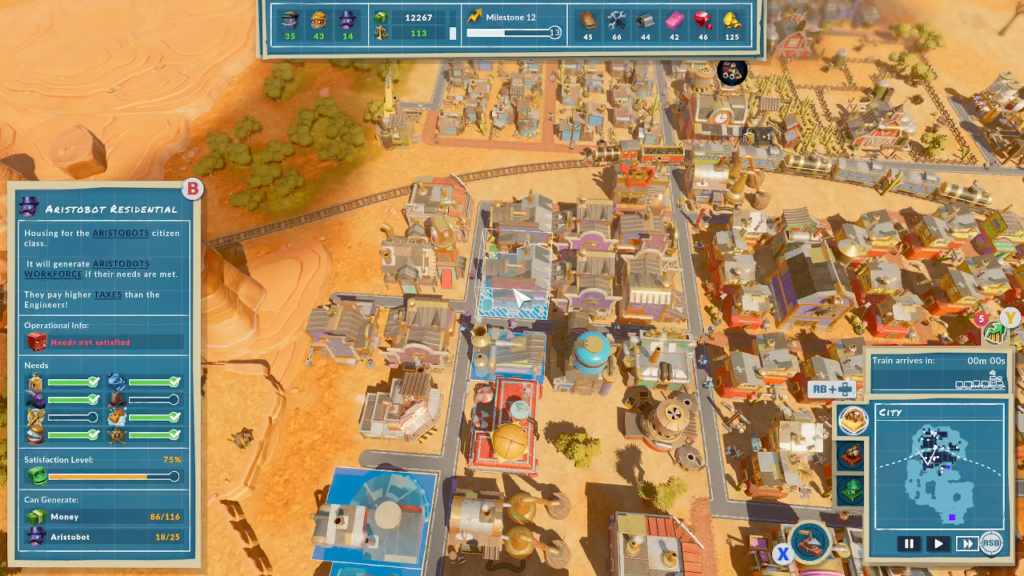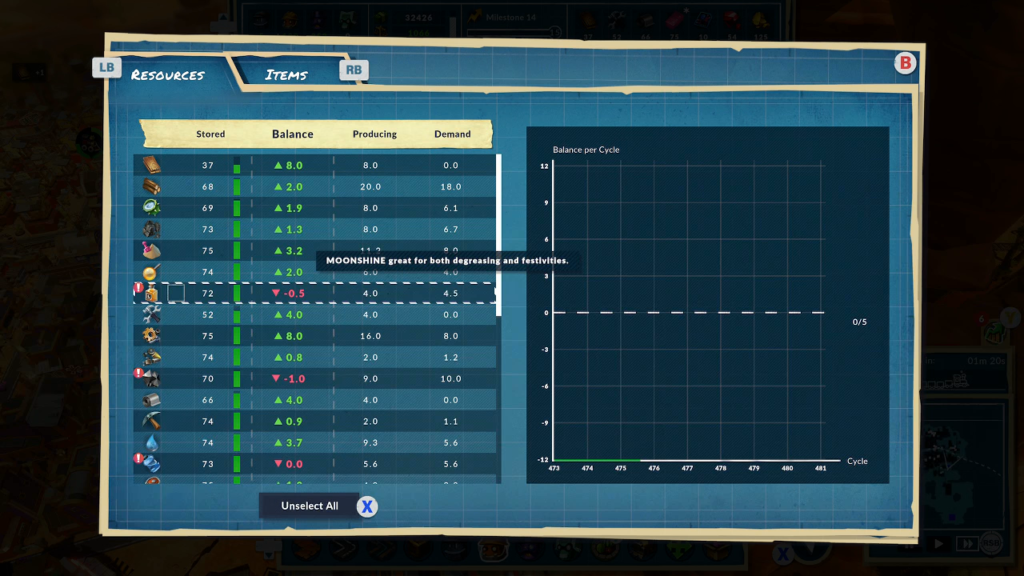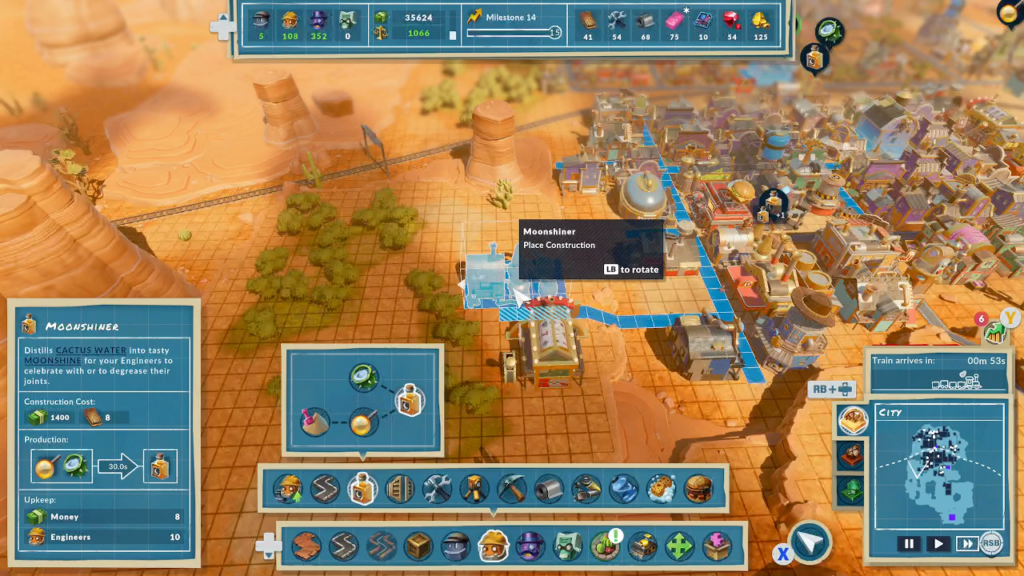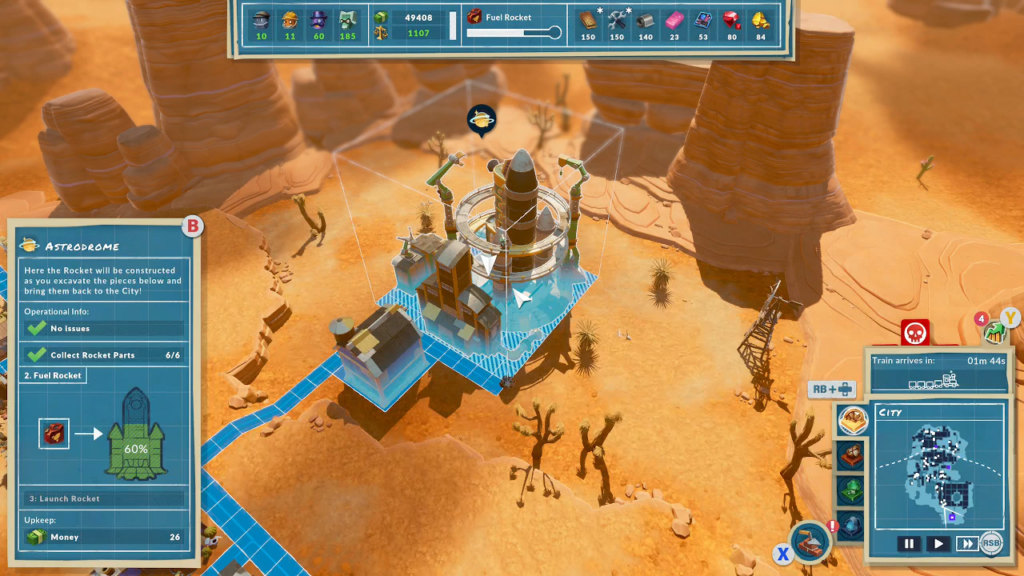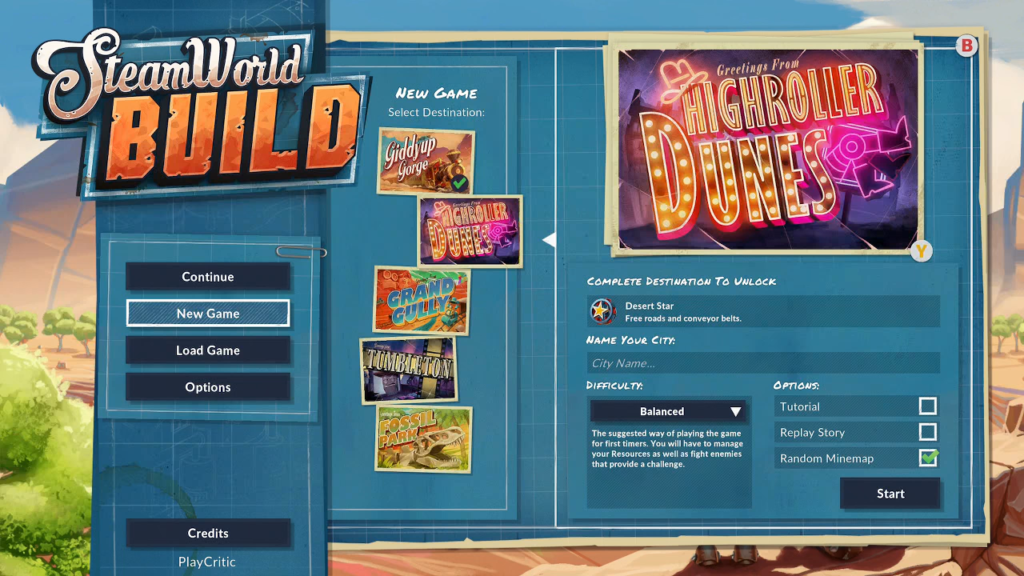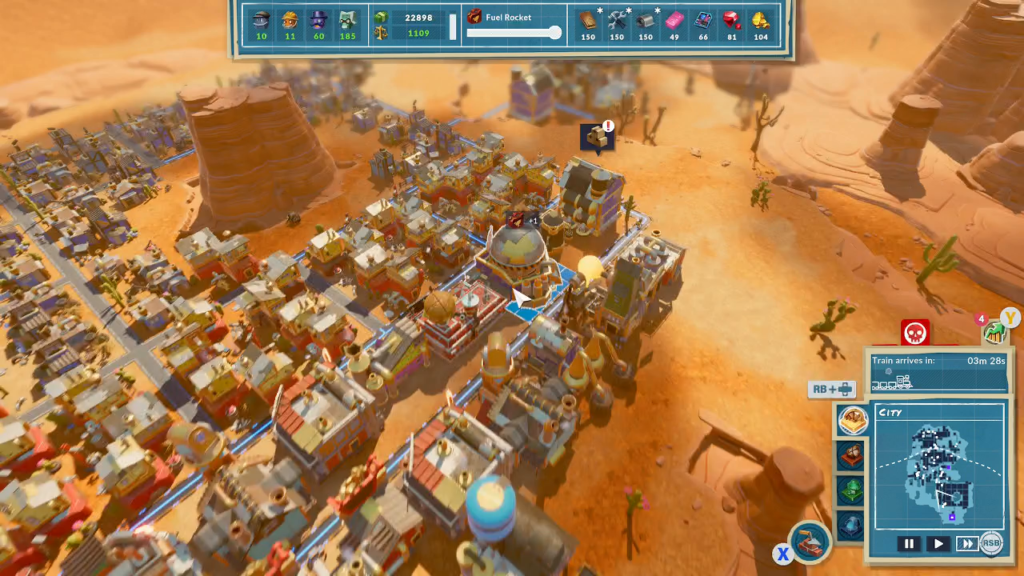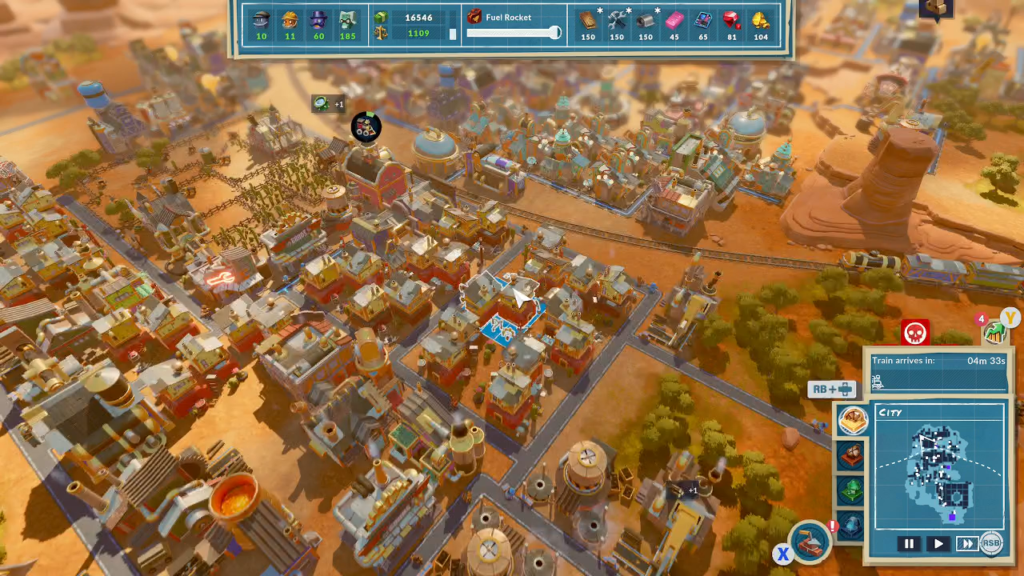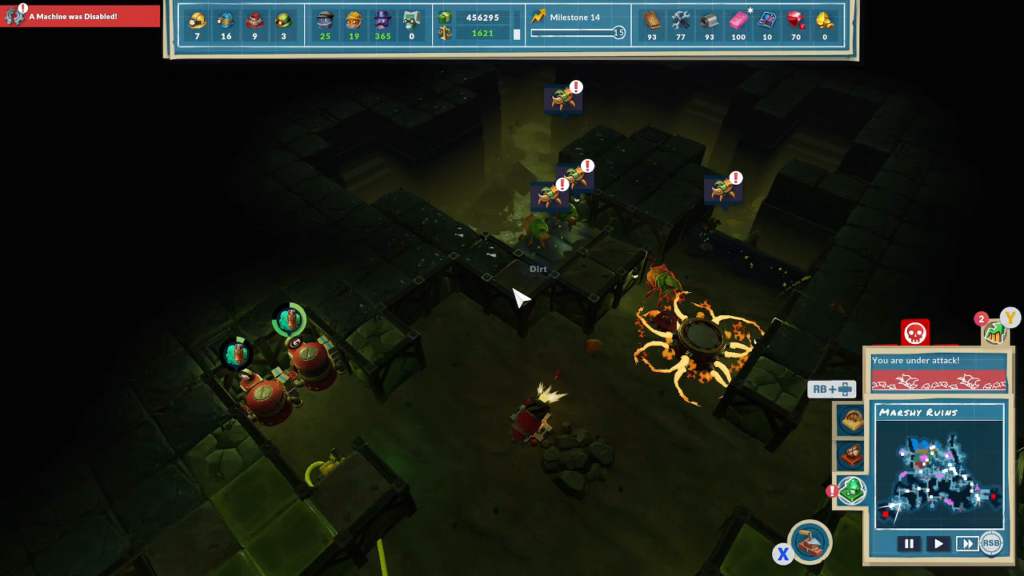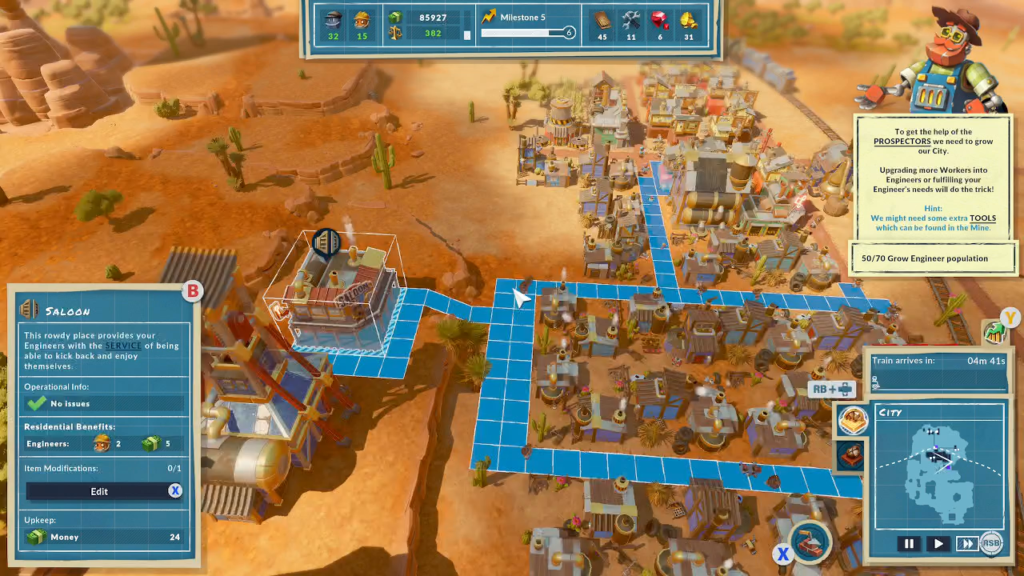A topic of much discussion in the final months of 2023 has been “what counts as an indie videogame?” It’s an issue with which I do not often concern myself. I spent two weekends in October playing Lies of P with plans to review it here on Play Critically. I had seen it featured on many indie-focused YouTube channels and assumed it was made by indie developers. I finally looked into the people who made it and discovered it is not indie even under the most generous of definitions.
Lies of P may not even be the first such non-indie to slip past my notice. In the past I have reviewed videogames published by Nintendo and Disney and based on gigantic intellectual properties like Teenage Mutant Ninja Turtles and Warhammer 40,000. Some of the most popular “indie” videogames of the past decade have been published by colossal corporations like Team17, Annapurna Interactive, and Devolver Digital. I have convinced myself to write about them by focusing more on the small development studios who make them than on the big publishing corporations they partner with to get their projects in stores and on screens. Instead of choosing based on a rigorous definition of an “indie videogame,” my choices come mostly from vibes. Many of these publishers will appear in the list below, and I expect they will continue to appear in future reviews and listicles that appear on Play Critically.
2023 has felt like a real milestone year for this website. It’s the year where I’ve found the time and energy to update it regularly. New reviews typically go up Saturday evenings, if not soon after. This is the year I published my one hundredth review. This is also the year where I really committed myself to focusing more on new releases; of the 47 reviews posted this year, 22 are for videogames released in 2023. I aspire to do even better next year, with a new review posted every Saturday and more than half of them focusing on videogames published in 2024.
As always, your favorite indie not appearing on this list does not mean it’s not great. It likely means I did not have time to play it. Of the 2023 indie releases I reviewed on Play Critically, I feel these are the five best.
Dredge
Developer: Black Salt Games
Publisher: Team17 Digital Limited
Playable On: Nintendo Switch, Sony PlayStation 4, Sony PlayStation 5, Microsoft Xbox One, Microsoft Xbox Series X/S, PC
Dredge tells the story of a fisherman who accepts a job in the town of Greater Marrow, a village at the center of a circle of small islands somewhere in the ocean. An eerie feeling overwhelms the region. Greater Marrow’s denizens are gaunt, pale, and rarely seem to leave town. The fisherman is warned not to linger out on the bay after night falls, when a thick fog rolls in and rocks that were not there before suddenly appear in the path of fragile boats. Some of the fish he catches are odd or disfigured, possessing too many eyes, extra limbs, glowing appendages, or gaping, nasty mouths. The local fishmonger seems especially interested in these deformed catches. After a few days on the job, the fisherman is approached by a man known only as The Collector, who offers him more work: Travel to the four islands that surround Greater Marrow and recover his artifacts which have been lost in the cursed waters. Finding these objects reveals the true nature of Greater Marrow and the disturbing secrets that lie beneath its ocean waves.
Dredge’s greatest accomplishment is how effortlessly it combines an activity with a feeling which should be at odds: Videogame fishing and psychological horror. It accomplishes this by consciously averting traditional fishing minigame mechanics. Instead of methodically casting a rod and patiently waiting for something to bite, catching fish is a fast, almost industrial process. Each variety has a unique minigame to capture them, but all are based on accurate and split-second button presses. The more successful I am at these minigames, the faster fish are hauled onto the boat from their spawning pools. This unflagging pace keeps the tension high even when performing a seemingly leisurely activity, tension which is further raised by the eldritch forces around Greater Marrow who may strike at the fisherman’s boat any time.
I enjoy playing indie videogames because I feel they are more able to emphasize unusual concepts in manageable lengths. Dredge is an excellent example of why I feel this way. Fishing minigames are eye-rolling cliches in videogames of all sizes, but few are brave enough to build themselves entirely around the activity. Add onto that visuals and a story inspired by the works of occult mystery author H.P. Lovecraft, and Dredge becomes one of 2023’s most unusual and creative videogames. That it’s also fun and interesting to play earns its place on this list.
Read my full Dredge review here.
Sea of Stars
Developer: Sabotage Studio
Publisher: Sabotage Studio
Playable On: Nintendo Switch, Sony PlayStation 4, Sony PlayStation 5, Microsoft Xbox One, Microsoft Xbox Series X/S, PC
Sea of Stars is set in a fantasy world menaced by evil parasites known as Dwellers who drain the life essence from sentient creatures to sustain themselves. If one becomes powerful enough it will even pose a threat to the physical planet. The only ones who can kill the Dwellers are Solstice Warriors, unique individuals born on the Summer and Winter Solstices imbued with the power of the sun and moon. The story follows rookie Solstice Warriors Valere and Zale on an adventure to defeat the Dweller of Woe, the last parasite remaining on their world. Their success could bring an unprecedented era of peace and prosperity, but they learn during their quest that the Dweller of Woe is only one of the problems threatening their home.
Designed with a retro philosophy focused on 16-bit RPGs from the early-to-mid 1990s, I can feel the influence of some of the most famous RPGs when I play of Sea of Stars. Its most obvious inspiration is Chrono Trigger from which it draws its visuals, a plot about a parasite feeding on the entire world, and a combat system based on a three-person party where team members can combine their magical abilities in devastating combos. Despite its reverence for the alpha and omega of 16-bit RPGs, Sea of Stars still feels distinct. It borrows Chrono Trigger’s combo attacks, but they aren’t the only trick in its bag; the combat systems include multiple layers above and below the combos, keeping every battle engaging and meaningful.
Sometimes I can tell just from a videogame’s marketing that you need to play it. When it finally comes out, it will either fulfill expectations or be a disappointment. When it’s a disappointment, it’s a colossal one. Sea of Stars fulfilled my expectations; I expected it to be one of my favorite videogames of the year, and it is. There are many indie retro RPGs inspired by classics on the SNES. Sea of Stars is among the best.
Read my full Sea of Stars review here.
Cocoon
Developer: Geometric Interactive
Publisher: Annapurna Interactive
Playable On: Nintendo Switch, Sony PlayStation 4, Sony PlayStation 5, Microsoft Xbox One, Microsoft Xbox Series X/S, PC
This story begins with a beam of light shooting down from space and illuminating a cocoon suspended from a canyon wall. From the cocoon emerges the player character, a bipedal beetle with two wing-like appendages it uses as arms. Beginning in the arid canyon, the player character goes on a strange journey filled with symbolism and devoid of exposition, solving puzzles by hopping between multiple worlds with the ultimate goal of ascending to the stars.
The only ability the player character has on their journey is to pick up and carry the spheres they encounter. This rudimentary interaction is leveraged into the year’s smartest puzzles through sheer design mastery. The spheres begin as simple keys to insert into locks that open doors and activate machines. They soon reveal they are not just keys, but are doors themselves which the player character may enter to explore other multi-layered worlds. Completing puzzles in these worlds grants the spheres new powers which are needed to fully explore the worlds inside other spheres, turning the player character’s journey of transformation into a planet-hopping spectacle of recursive logic.
Cocoon’s simplicity makes it one of the year’s best indies, yet also makes it the most difficult to describe. I don’t expect many players will have difficulty interacting with it as far as steering the player character and picking up and dropping the spheres. Taking these basic skills and using them to solve the puzzles that bar the player character’s progress is another matter entirely. Playing Cocoon is the easy part. Finishing it and understanding everything that happens along the way is where its challenge lies.
Read my full Cocoon review here.
Venba
Developer: Visai Games
Publisher: Visai Games
Playable On: Nintendo Switch, Sony PlayStation 5, Microsoft Xbox One, Microsoft Xbox Series X/S, PC
Venba tells the story of a Tamil family who have immigrated to Canada from India. It follows Venba, her husband Paavalan, and their son Kavin from the 1990s to the present day, centering itself around the traditional dishes that anchors the family in their Tamil culture. The narrative covers a lot of dramatic ground, from broad clashes like the tension between newlyweds expecting their first child to more specific ones like economic instability, microaggressions, and overt racism experienced by immigrants. The central conflict is Kavin’s growing disconnection from his family’s heritage as represented by the disintegrating family cookbook.
The narrative is divided into vignettes that focus on the family during key developments in their shared lives. The centerpiece of each vignette is a gameplay sequence where a meal is prepared by a member of the family following a recipe from the family cookbook. I take ingredients and cookery and apply them in precise order to produce Tamil dishes like puttu, idlis, and biriyani. Interpreting the recipes becomes a kind of puzzle, beginning with mild difficulty understanding the original author’s sometimes vague explanations, and growing as the cookbook’s pages become faded, smudged, and torn. By the time Kavin inherits the cookbook in his young adulthood, it has become almost indecipherable.
Venba is the humblest videogame on this year’s list. It is the shortest to finish and is limited in its visuals and diversity of settings. I find its cookbook recipe puzzles the least challenging and engaging videogame design of these five entries. None of this matters. The emotional resonance created by its dialog-driven scenes is the most profound of all videogames I played this year. Some of the harsh words spoken between these family members in their worst moments hit straight for the heart. Despite the anger and frustration they experience, the story still ends on a happy and hopeful note. Venba is the year’s most ardent and personal videogame.
Read my full Venba review here.
SteamWorld Build
Developer: The Station
Publisher: Thunderful Games
Playable On: Nintendo Switch, Sony PlayStation 4, Sony PlayStation 5, Microsoft Xbox One, Microsoft Xbox Series X/S, PC
SteamWorld Build begins with a wagon train trundling through the desert led by the SteamBots Jack Clutchsprocket and his daughter Astrid. They carry in their wagon the broken body of another robot, known only as Core, who has warned this group that the planet is in danger, but he knows a way they can escape to safety. Core guides the wagon train to a broken mineshaft near a dilapidated train station in the middle of the desert. The mineshaft contains the remnants of an ancient civilization, including the parts to a rocket that can carry the SteamBots to safety. Jack, Astrid, and a host of thousands of unnamed SteamBots found a new town to repair and support the mine, racing to recover the pieces of the rocket, rebuild them on the town’s outskirts, and escape to the stars away from Core’s predicted calamity.
The SteamWorld series is notable for constant reinvention, casting itself in new genres built around the SteamBots who live in a pastiche of the Mythic West on a future Earth. In this sixth installment it aims for two genres: On the surface, it is a city management simulator, while in the mines it is real-time strategy. Both halves are simplified and light, made approachable to newcomers of both genres, but with just enough grit to hold the interest of veterans. It’s not only Build that balances two competing ideas within itself. I must divide my attention simultaneously on the fragile economy in the surface town while the SteamBots dig down into the mine, uncovering the parts to the rocket that will be their salvation, but also encountering other buried secrets which threaten their efforts and all of the surface world.
I have often felt that my time with the SteamWorld series is haunted by the success of Dig 2. Heist and Quest are both good videogames, but I sense the specter of unfulfillment, that they could be made much better through further refinement in a sequel. Build is the first SteamWorld videogame I feel nails its concept on the first go. I am disappointed by its less impactful characterization and world building as they relate to the entire series, but on a fundamental level this is the most fun I’ve had with a SteamWorld videogame in years. It suggests a strong future for the SteamBots under the series’ new management in the newly formed Thunderful Games.
Read my full SteamWorld Build review here.

